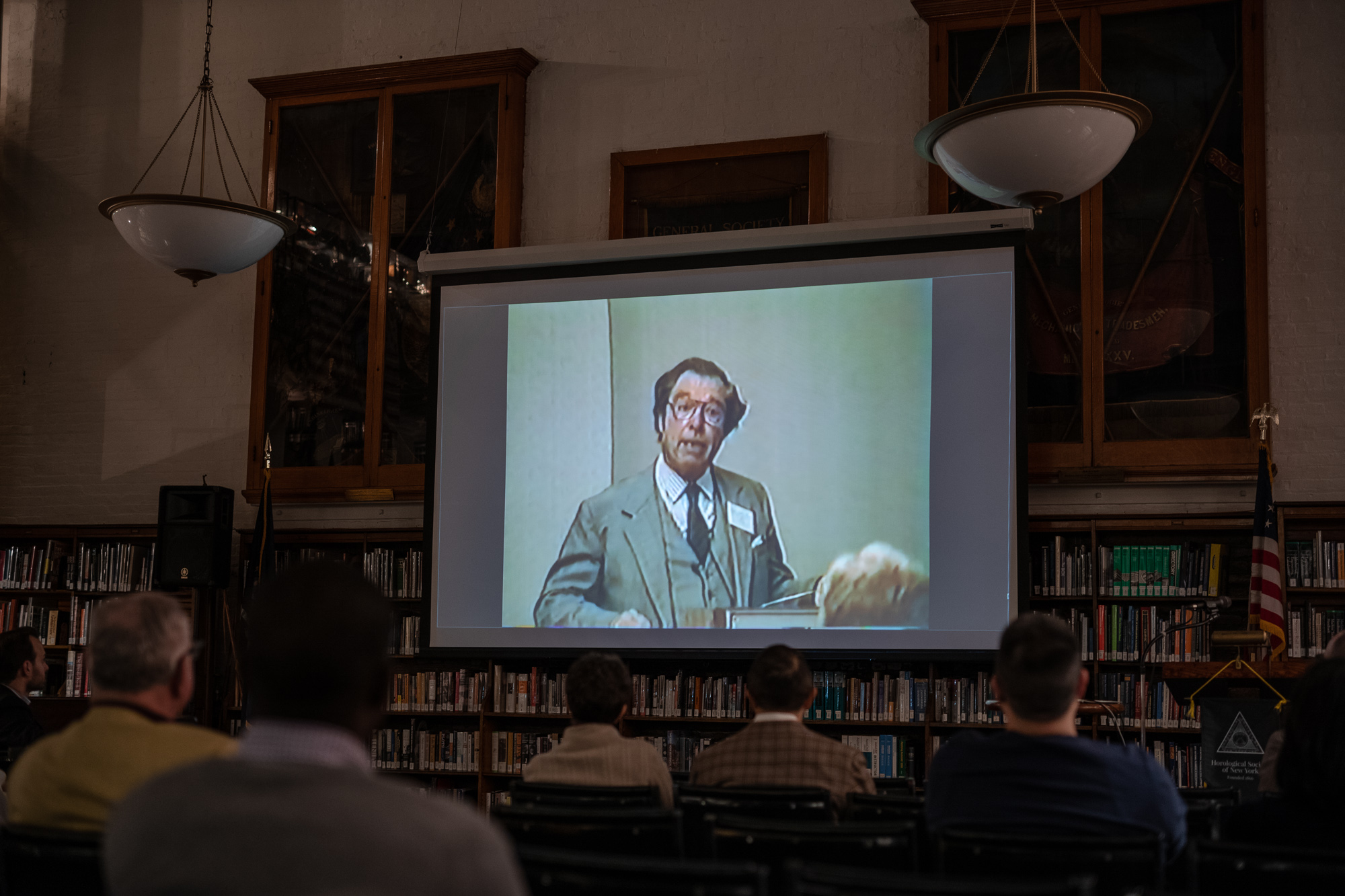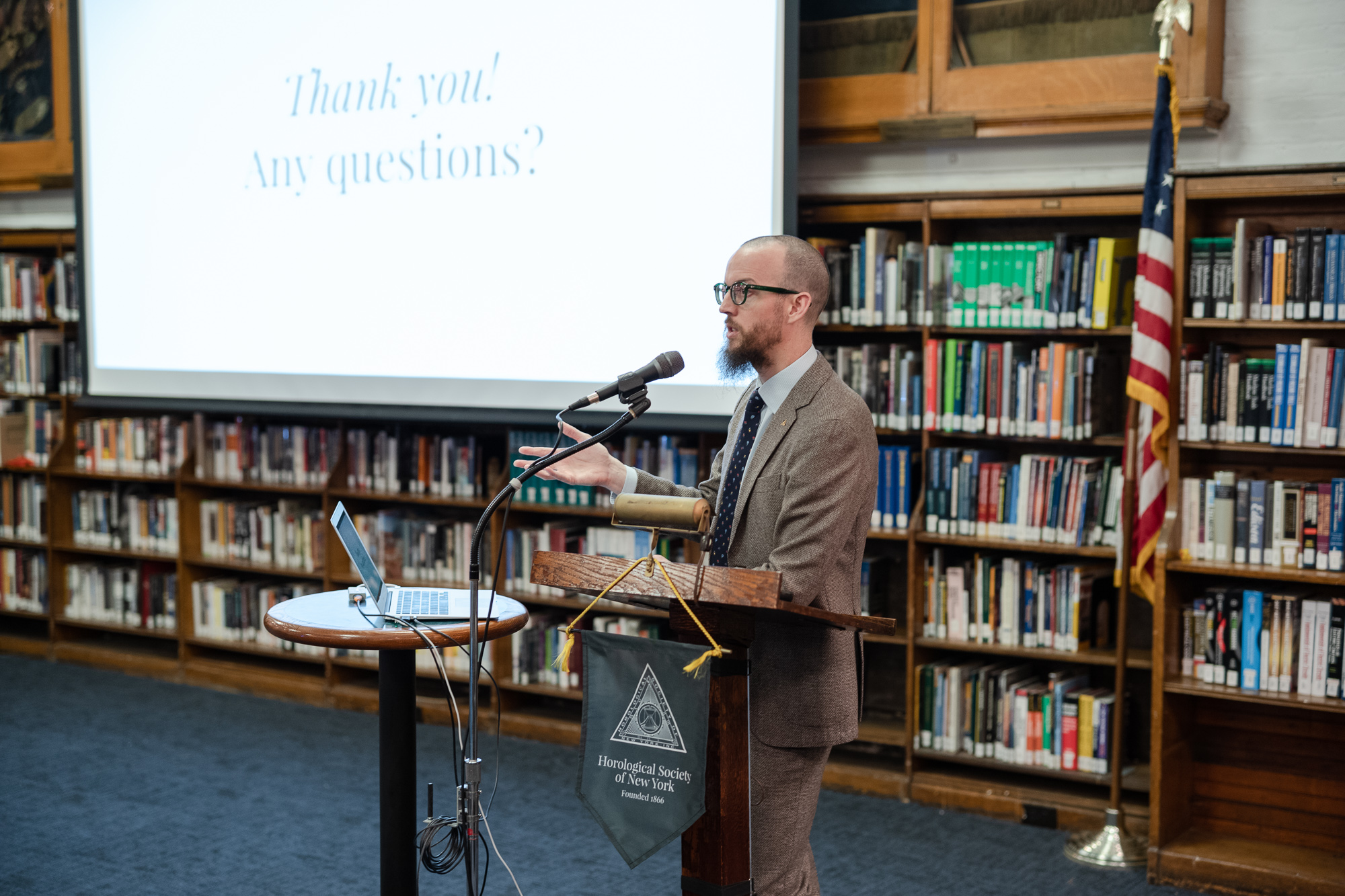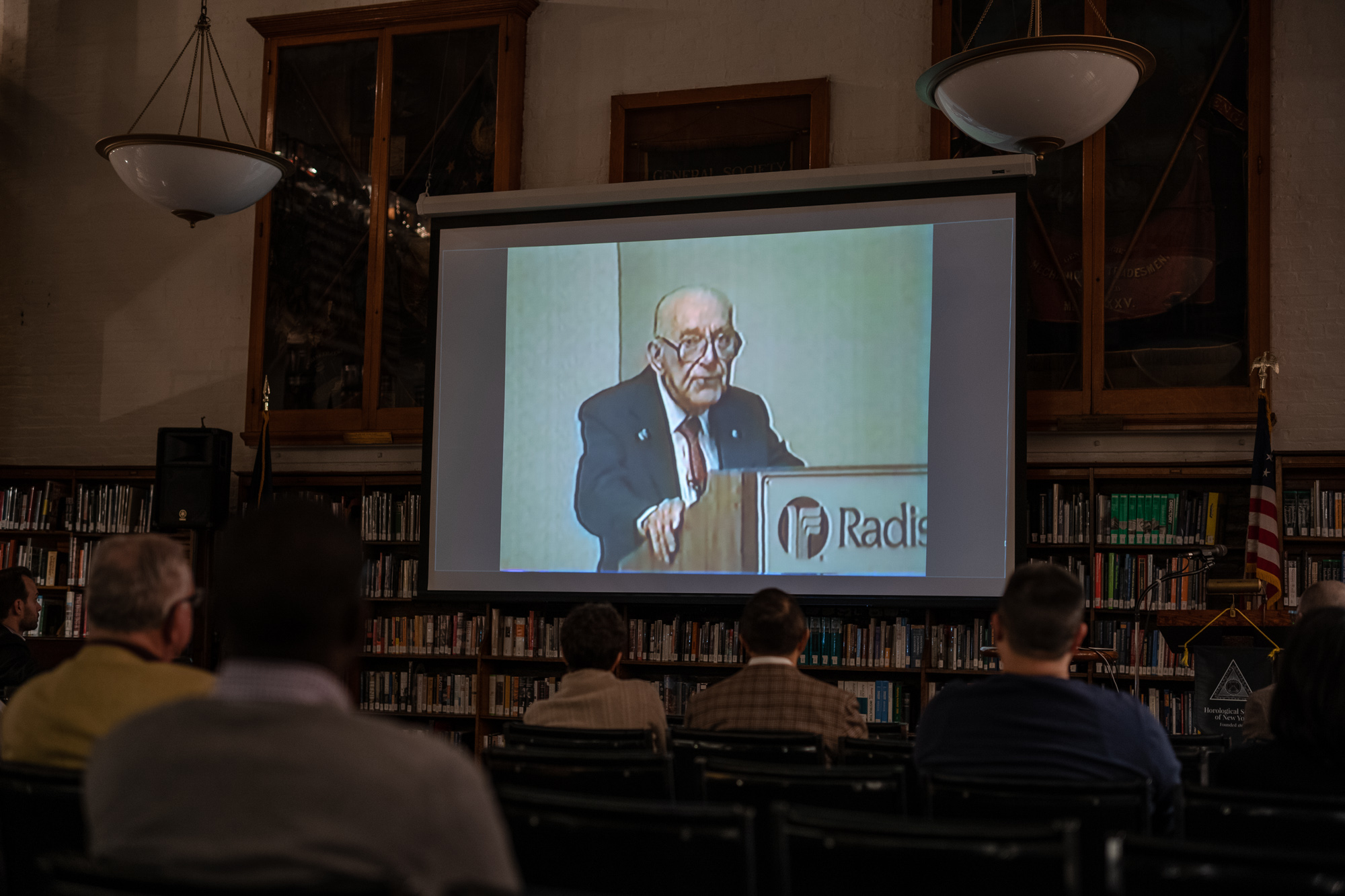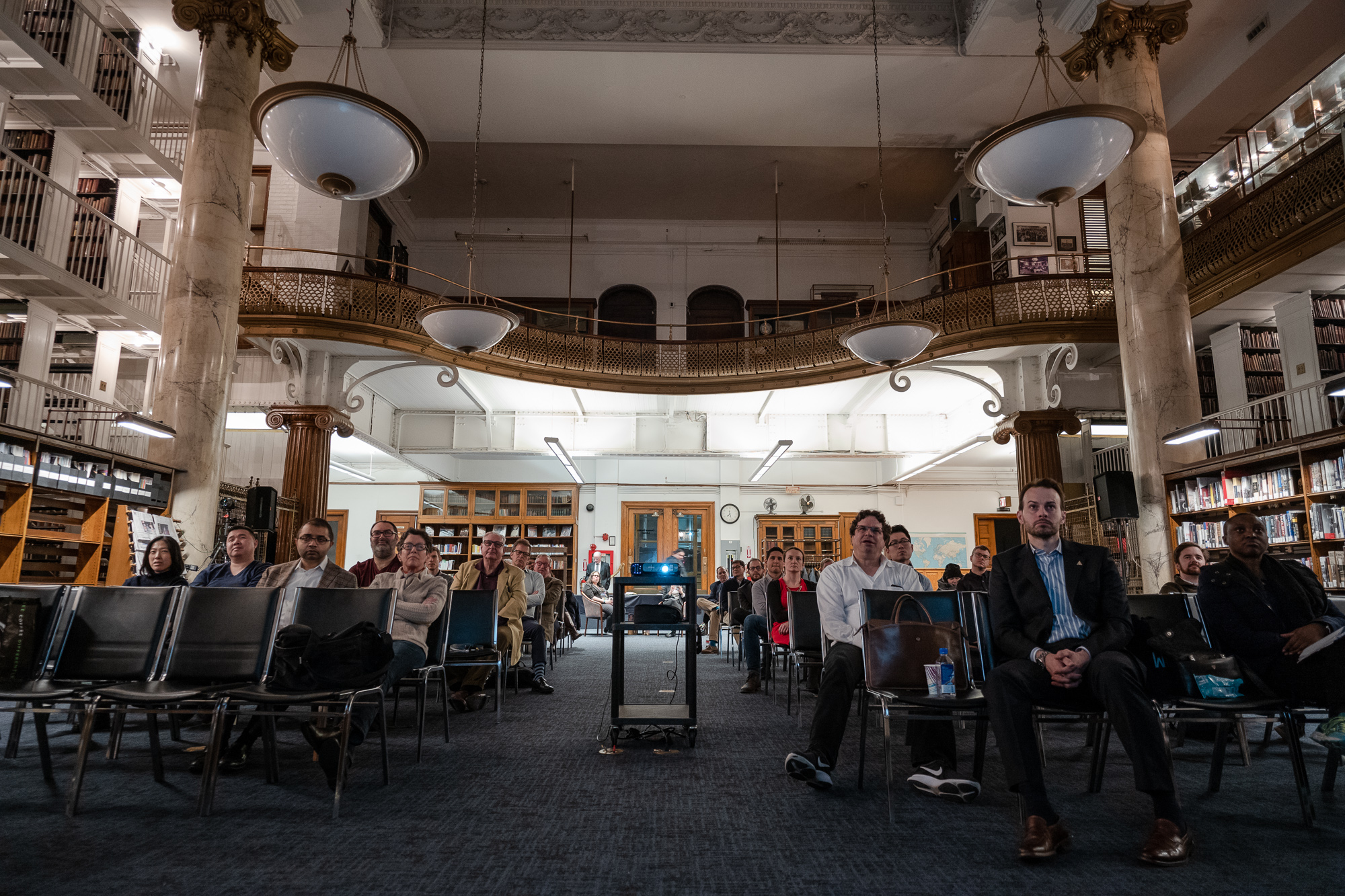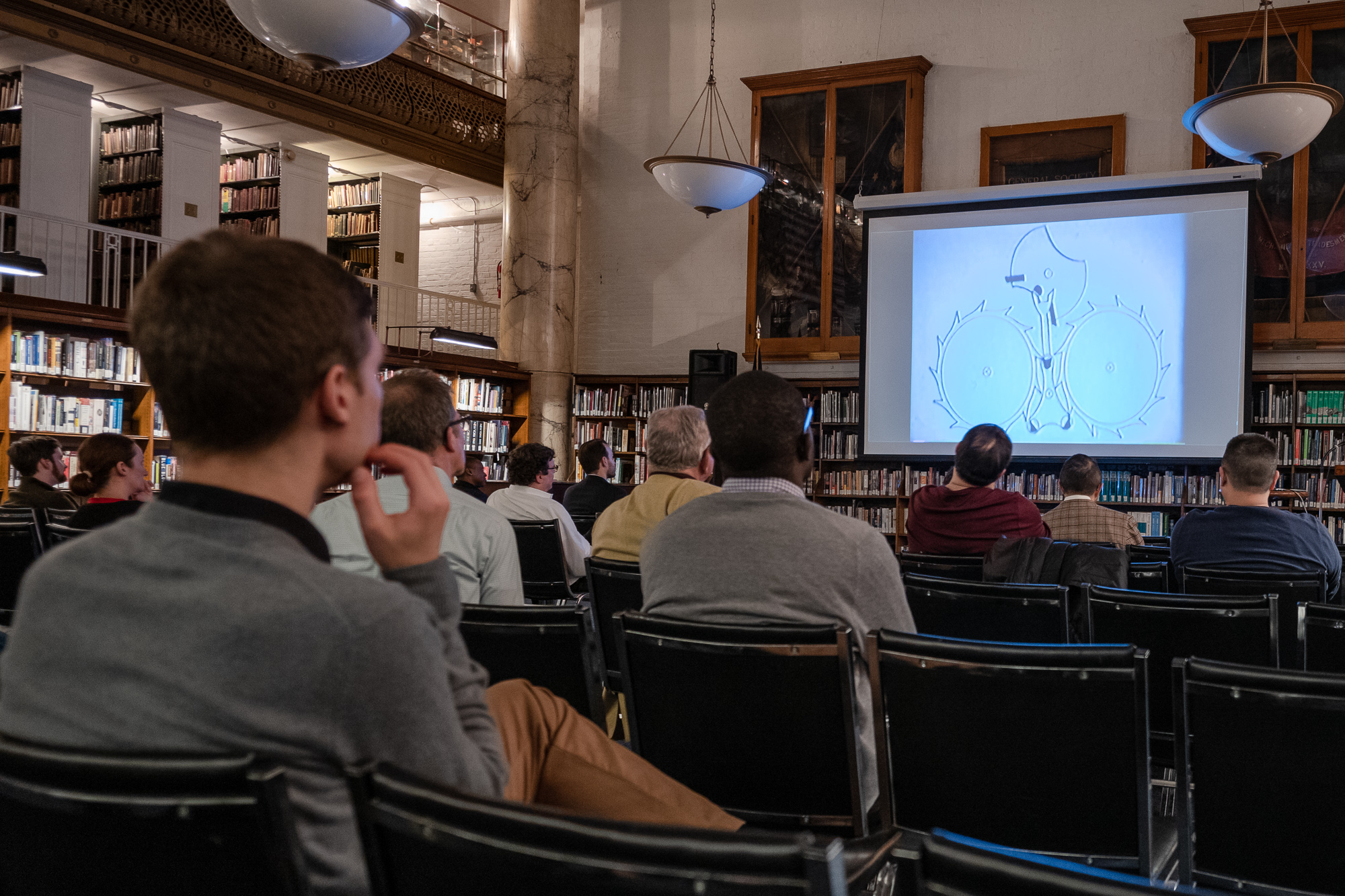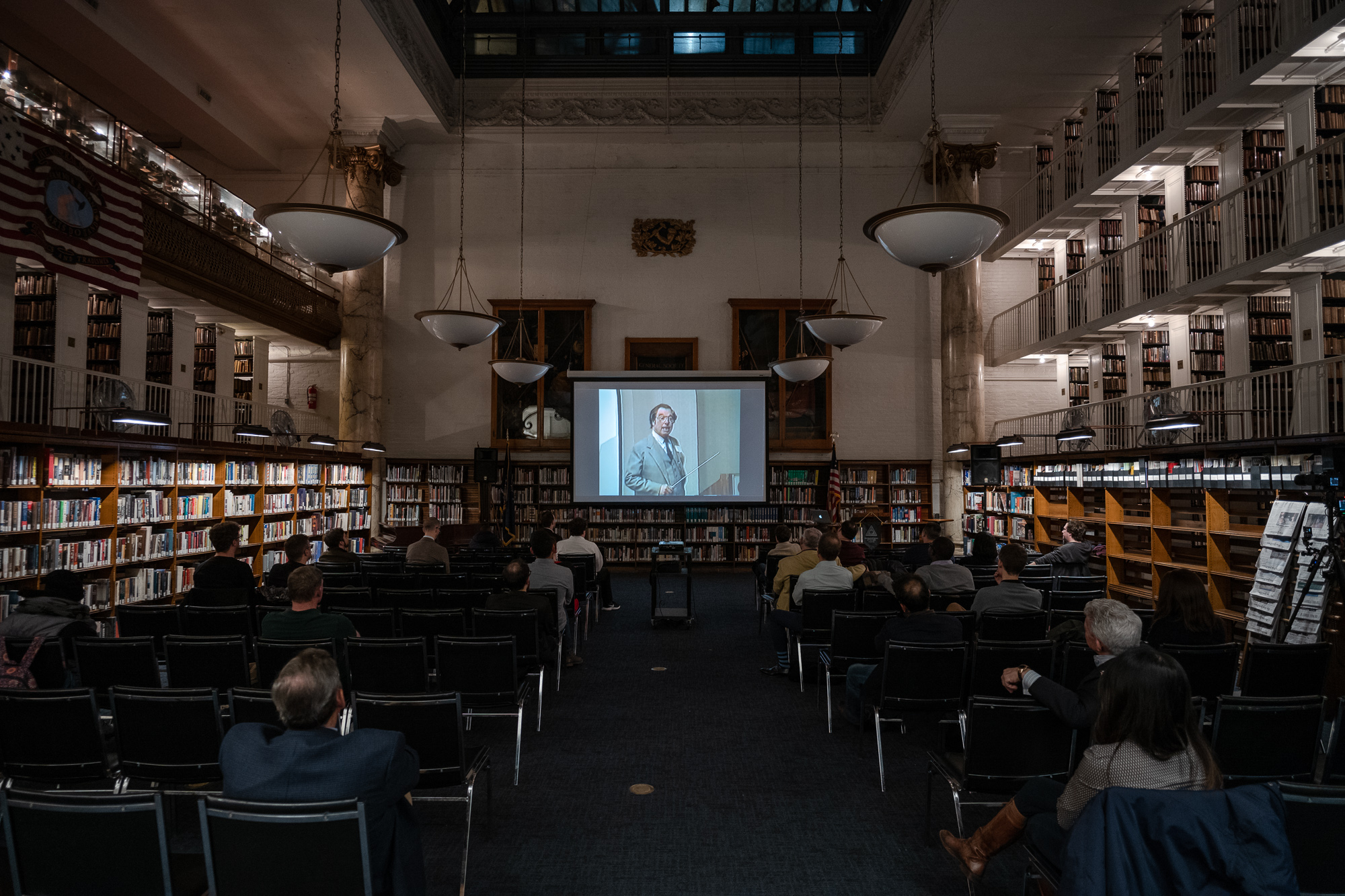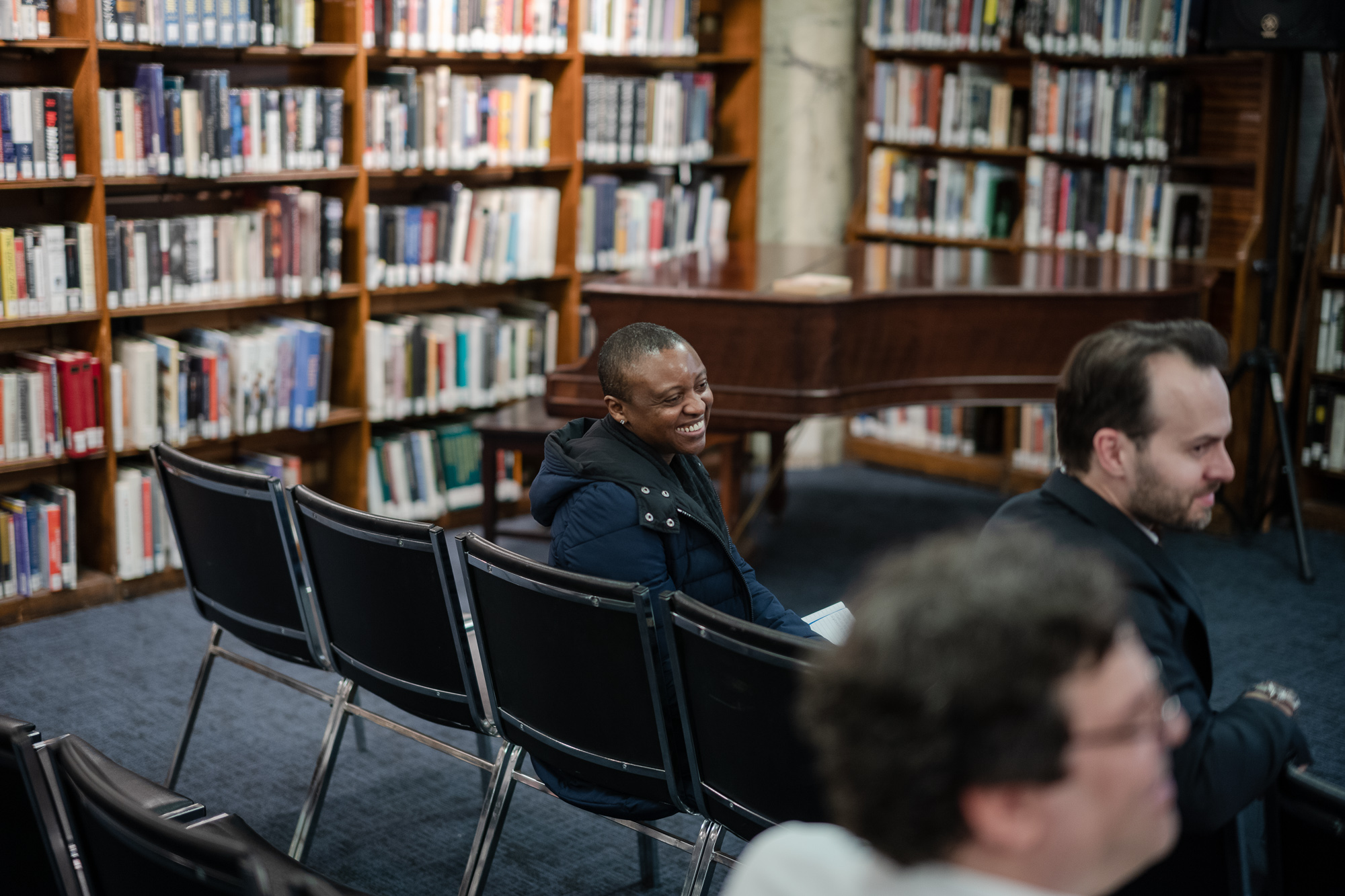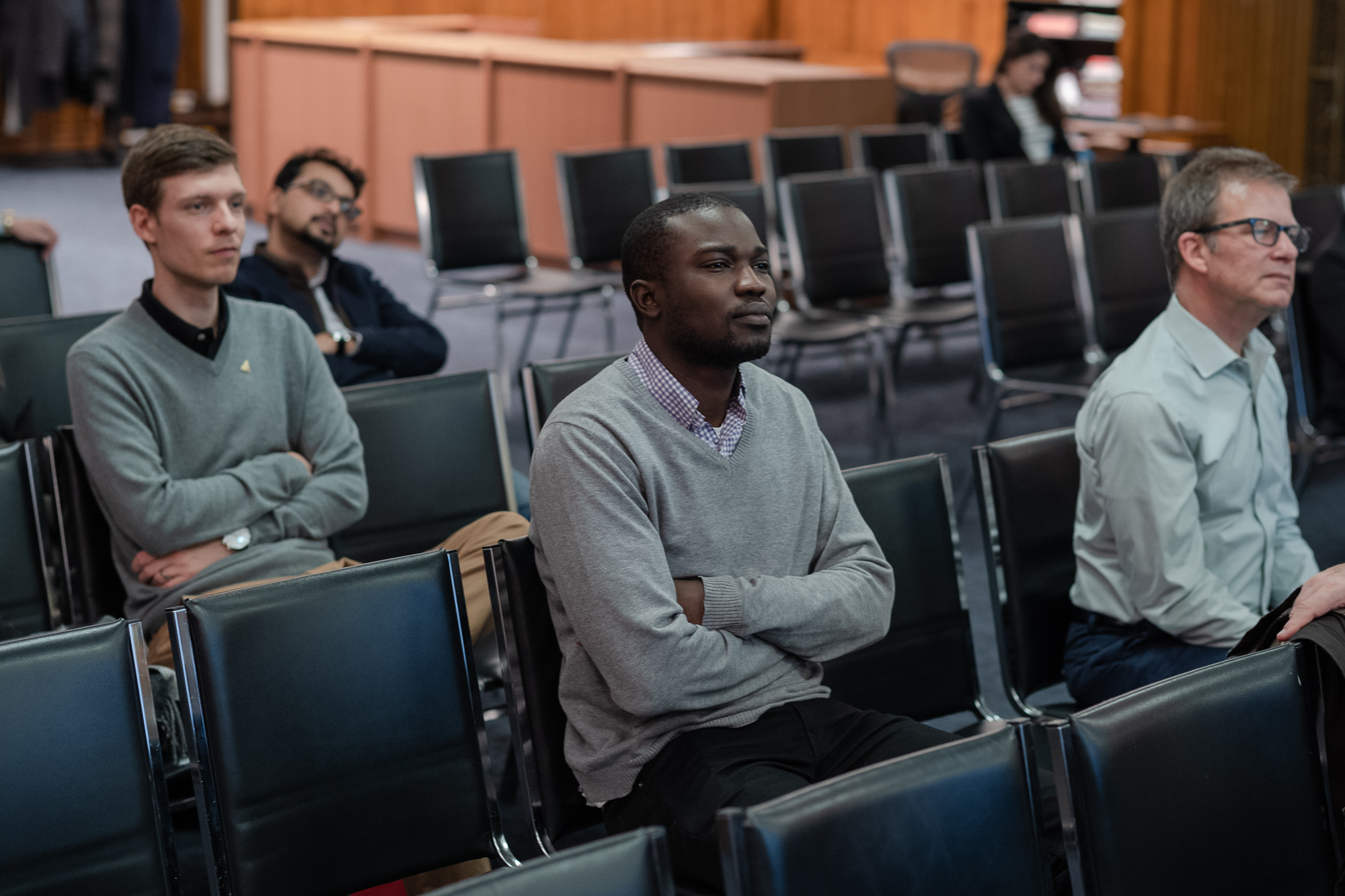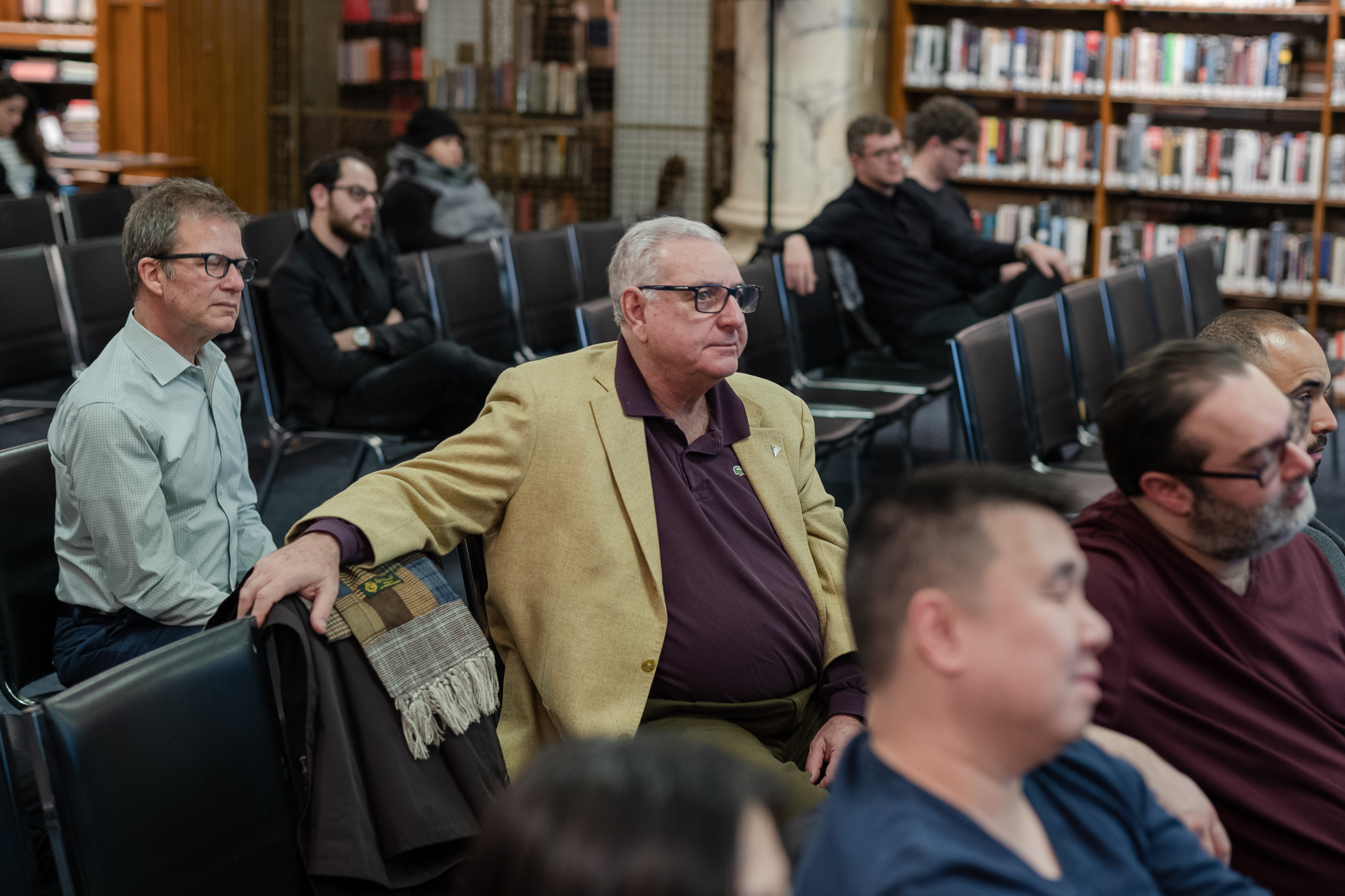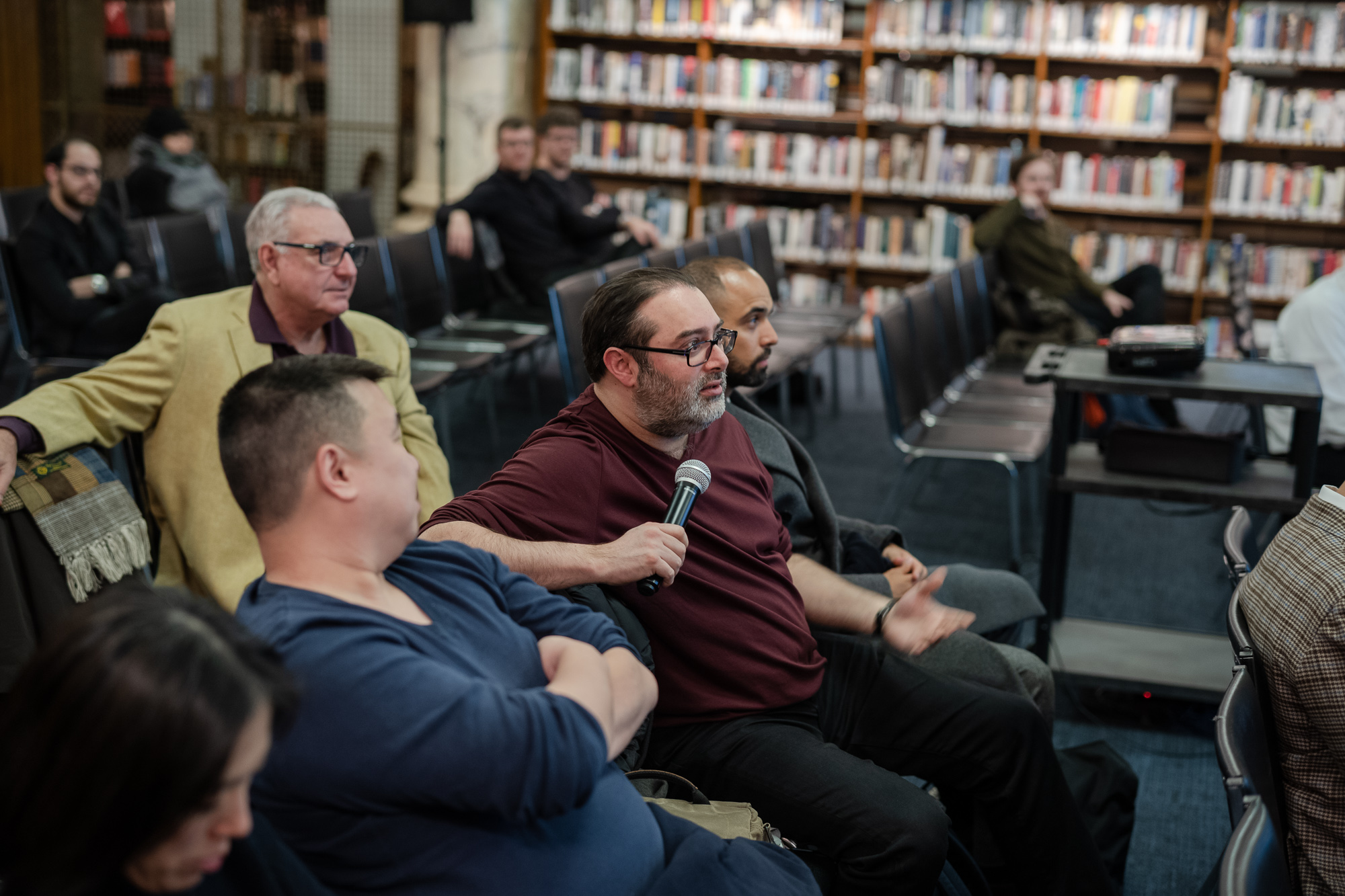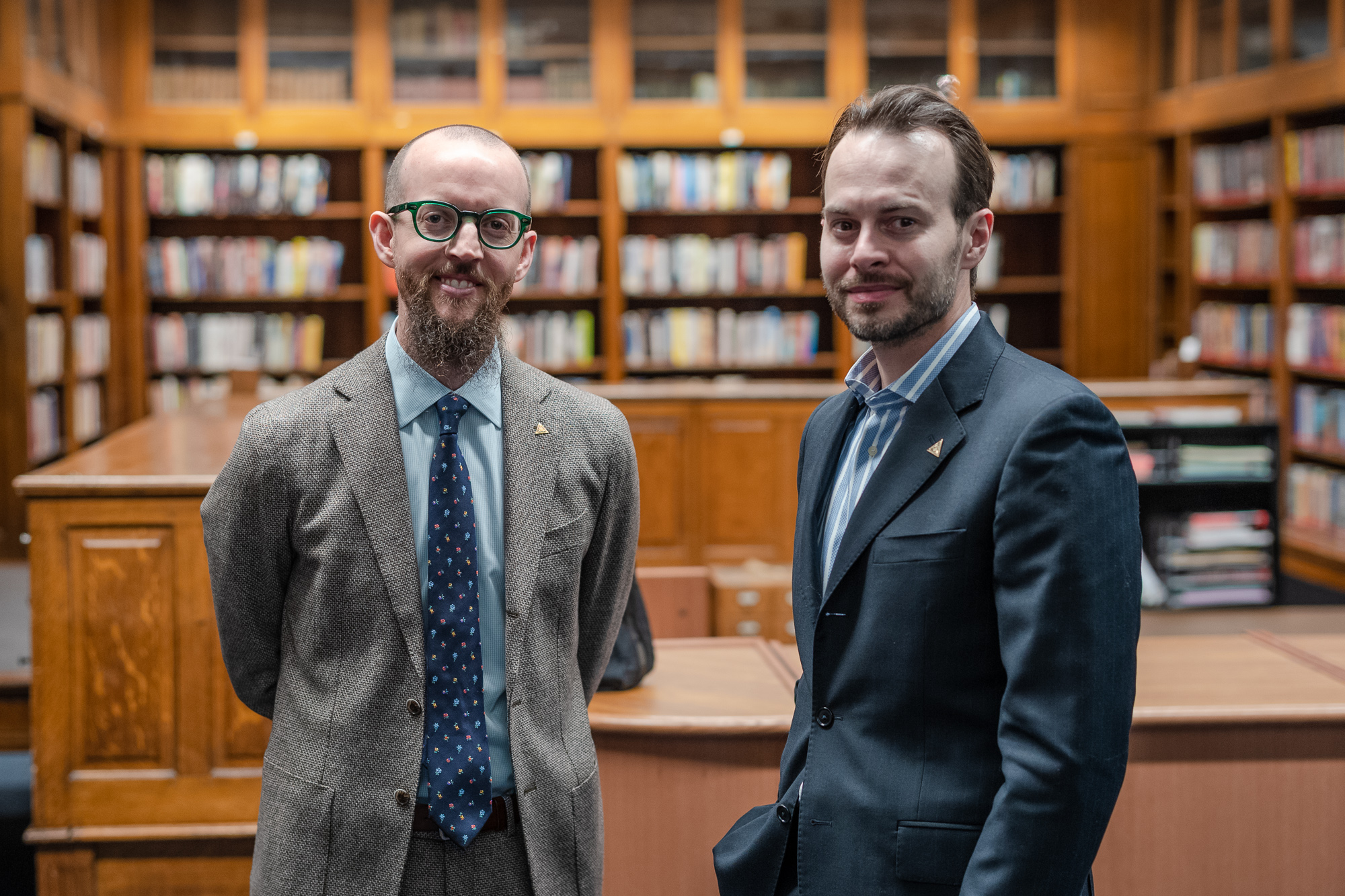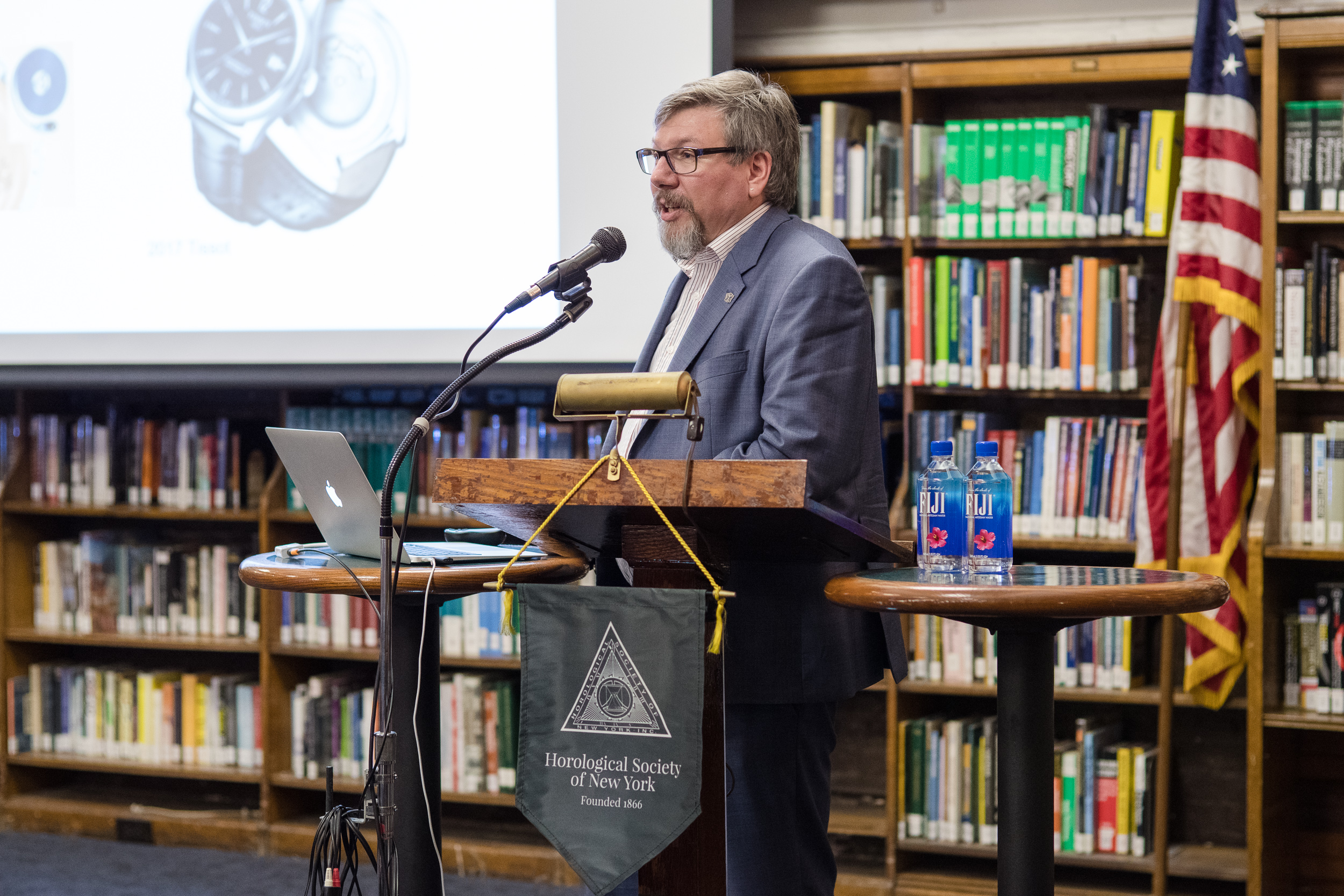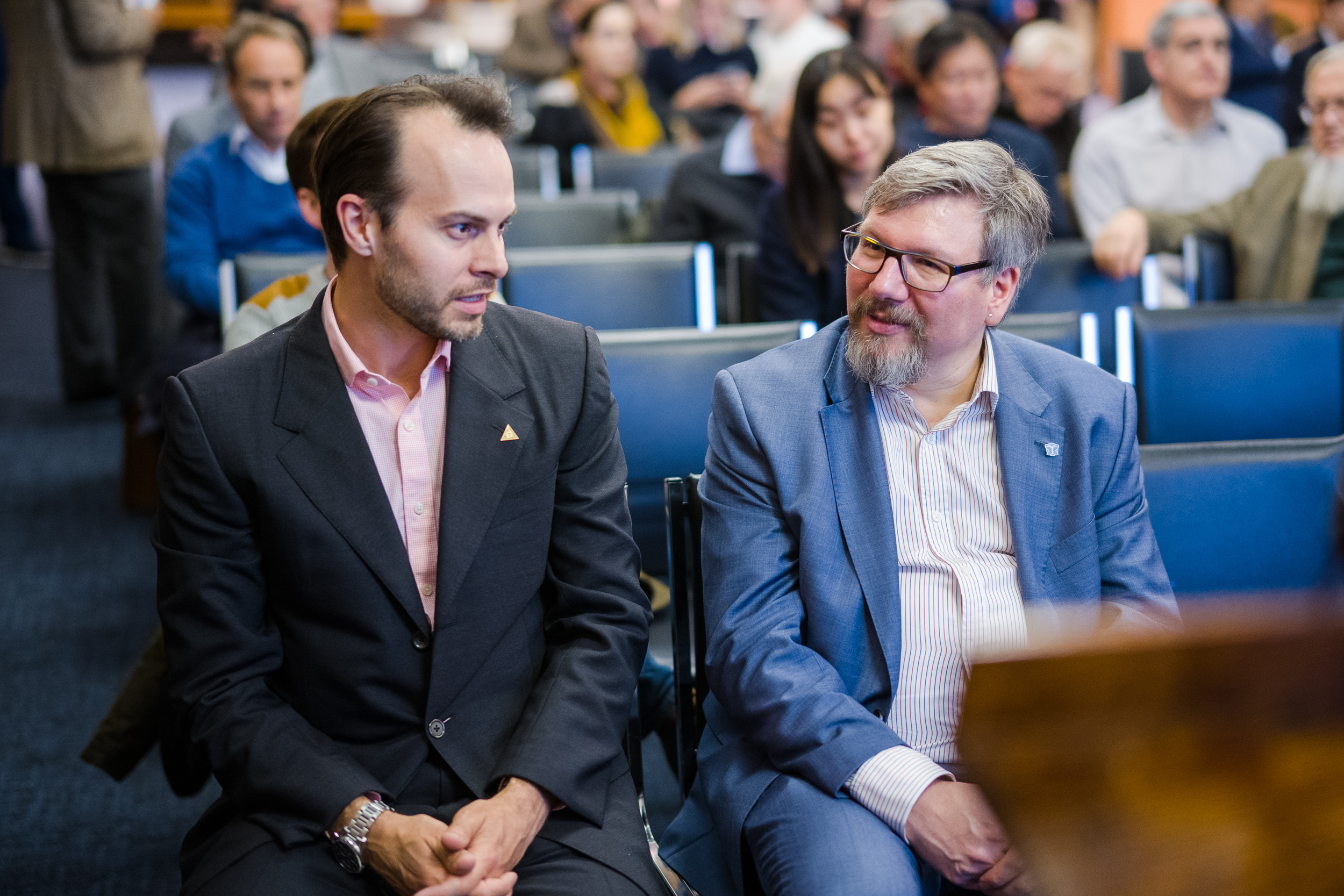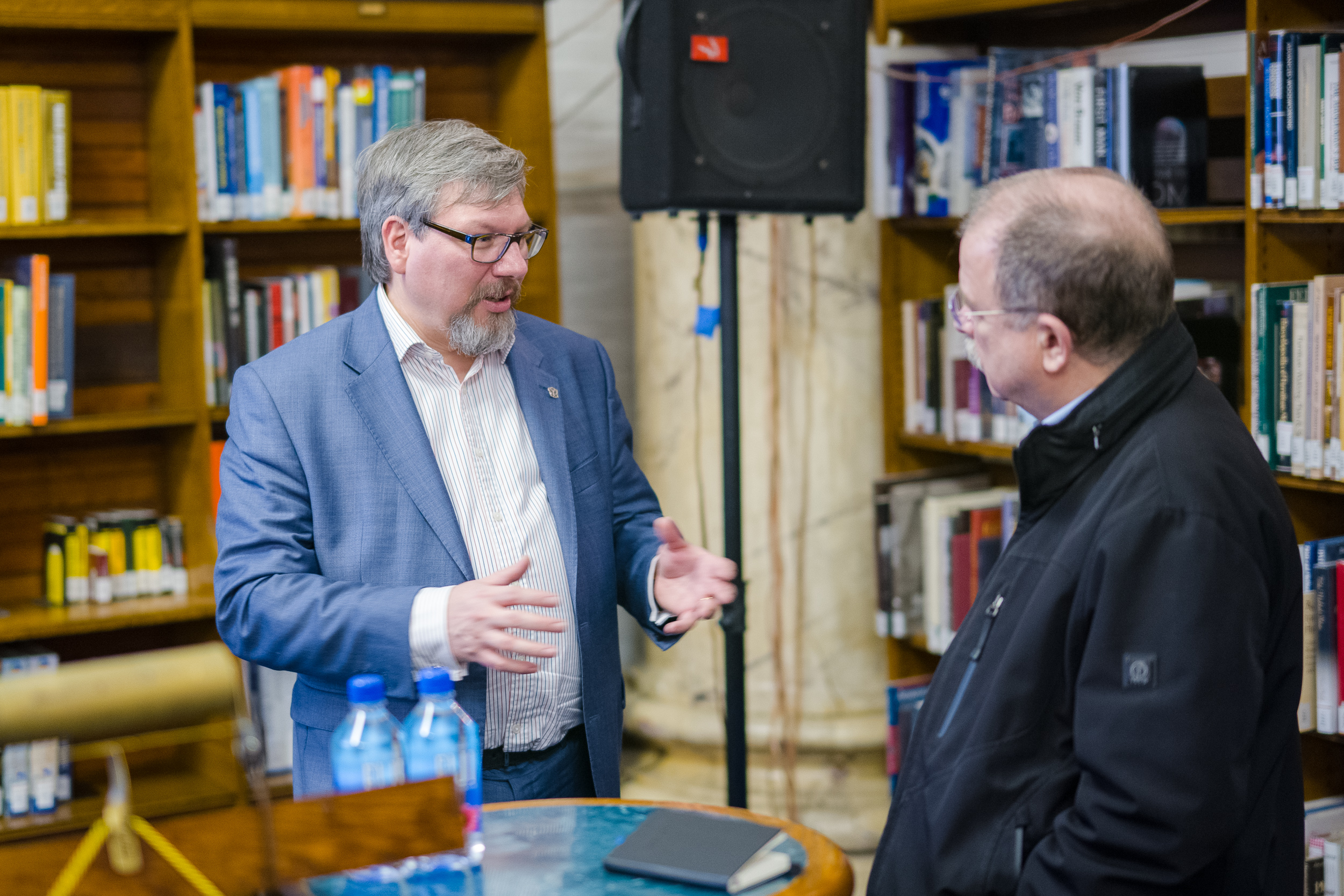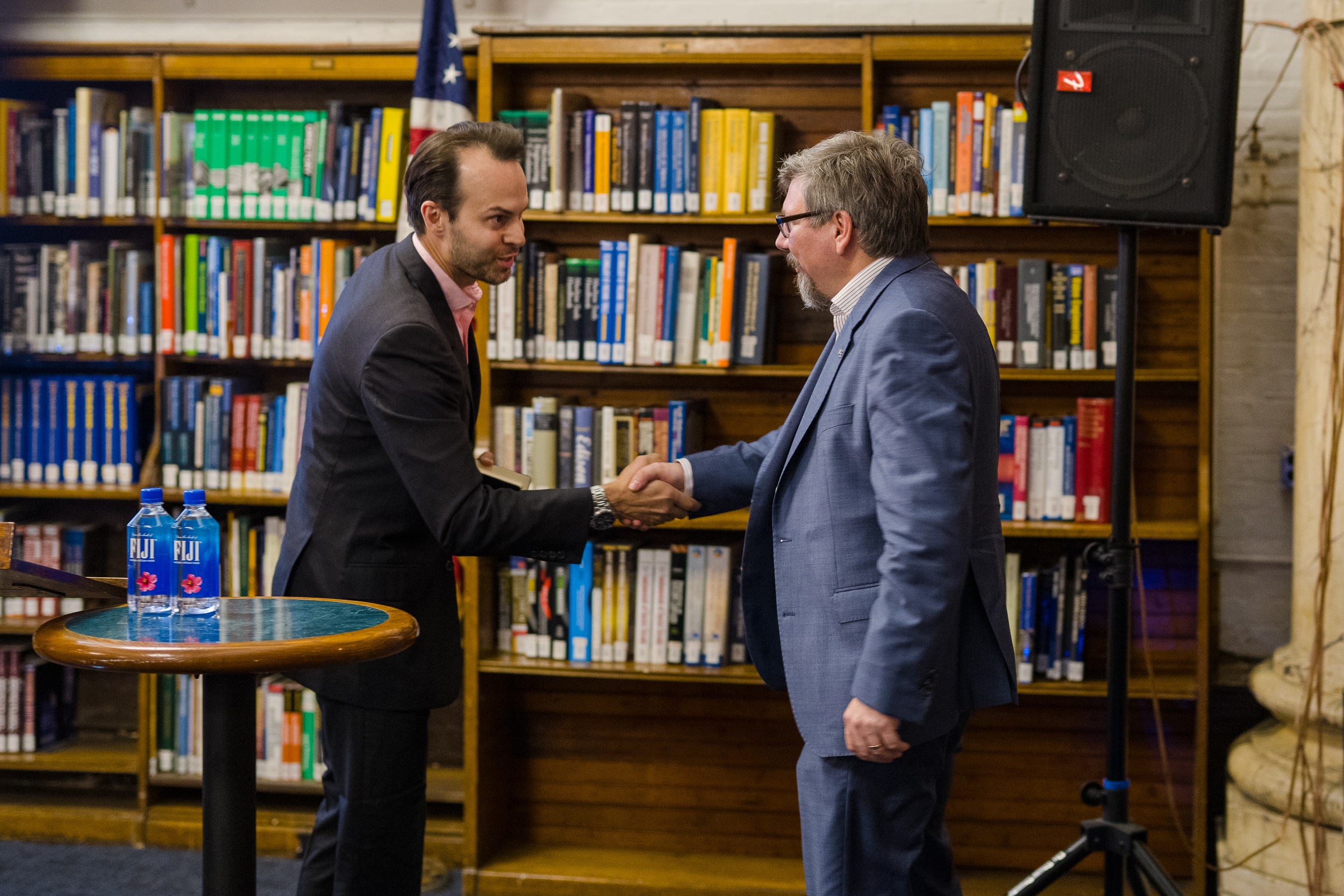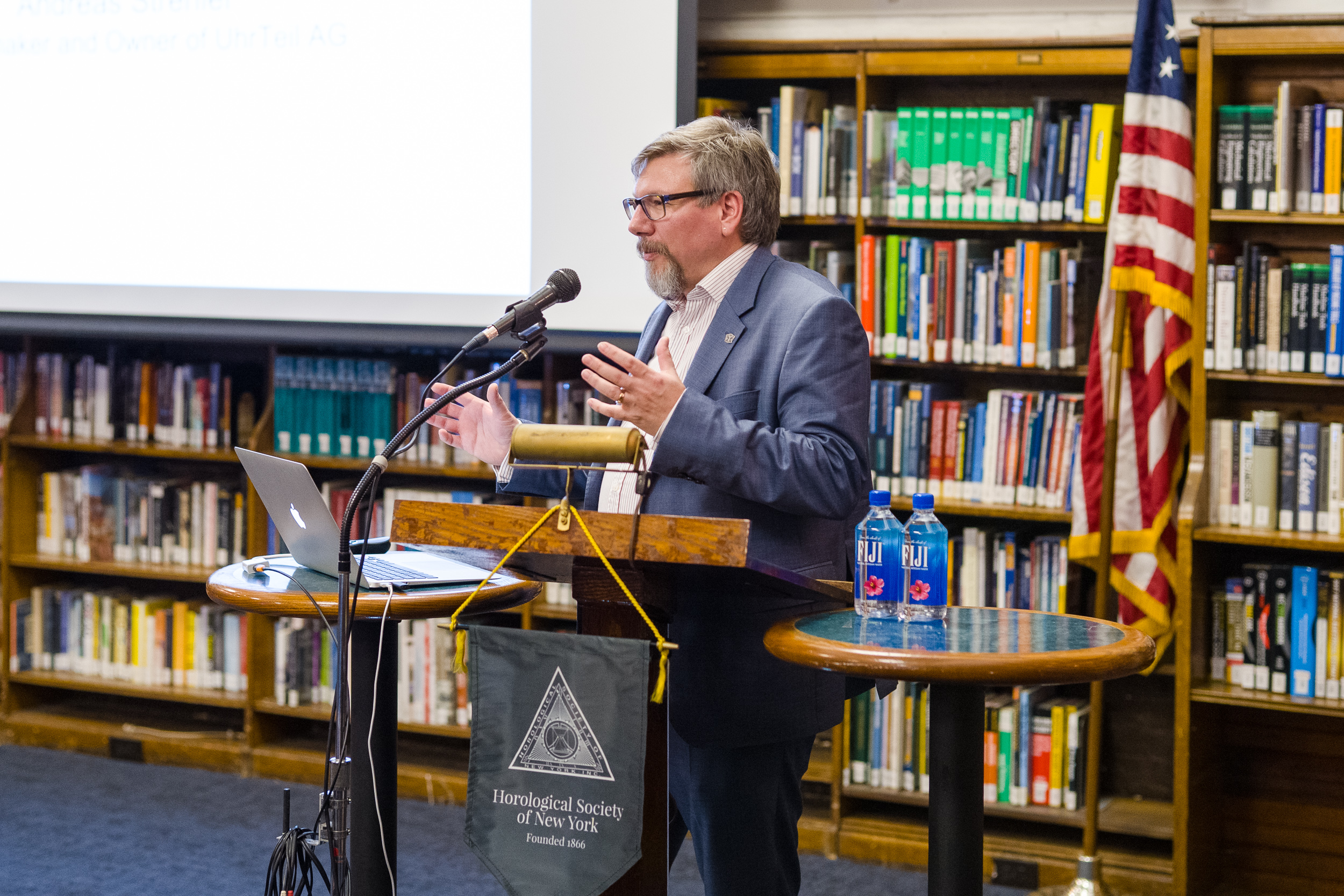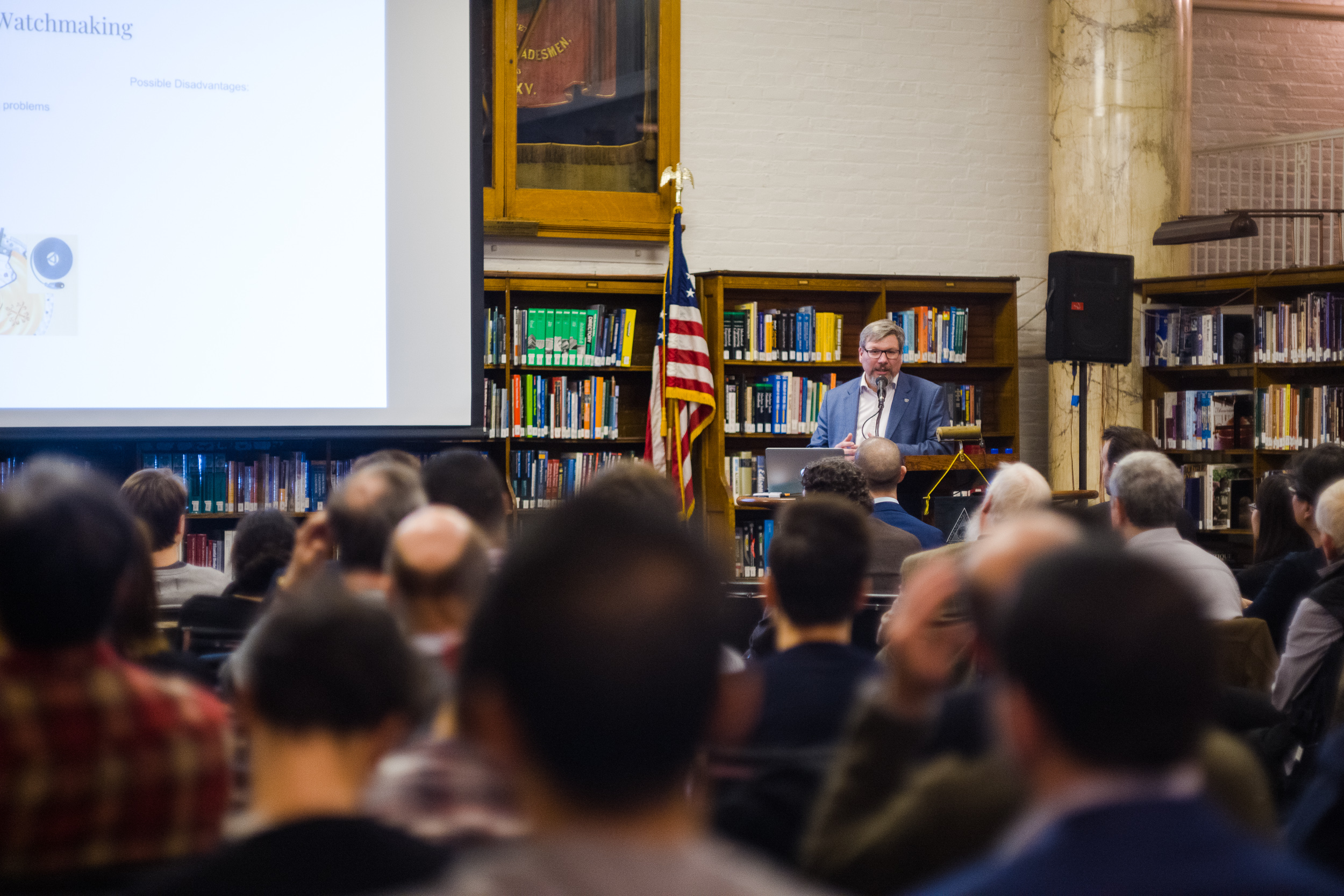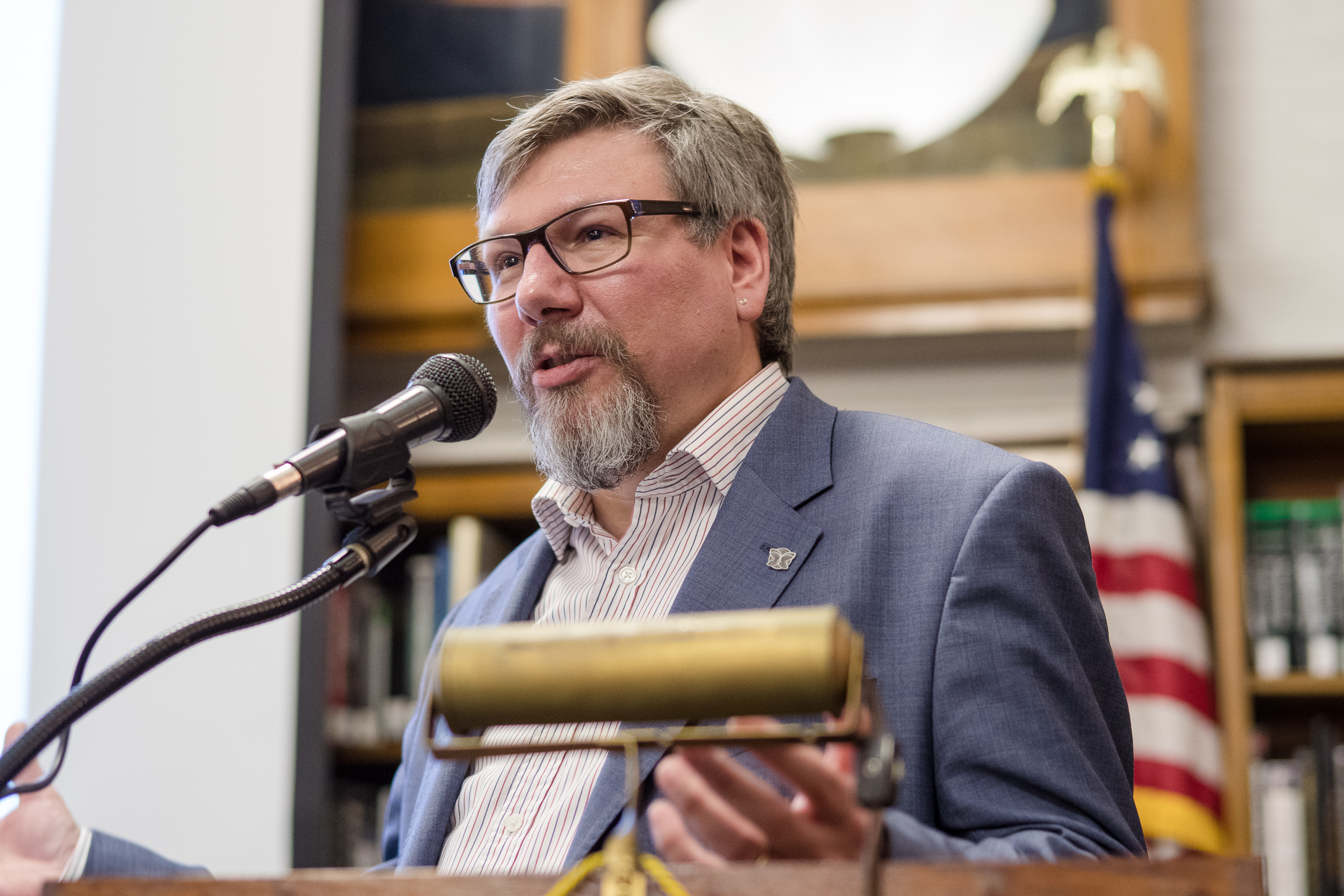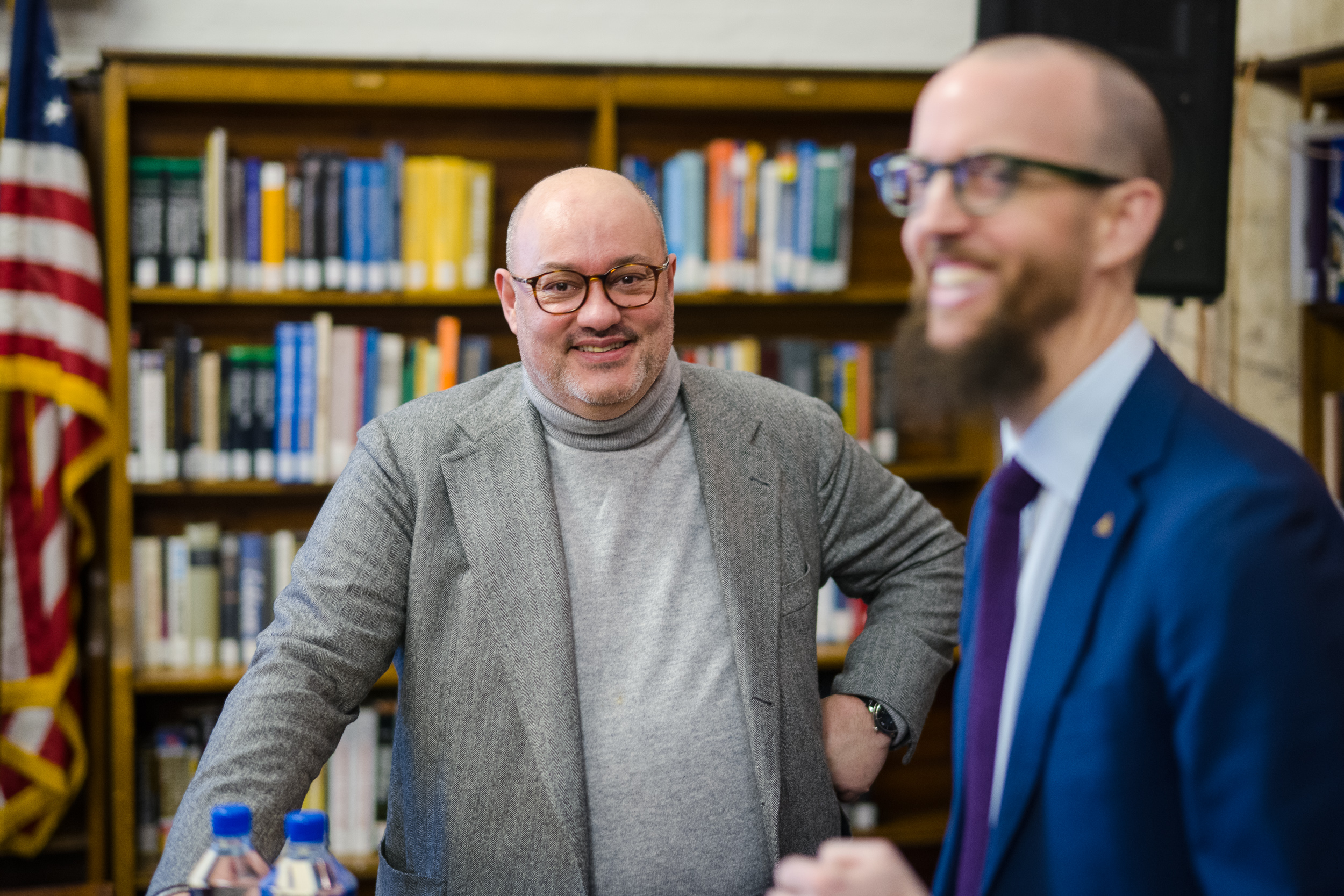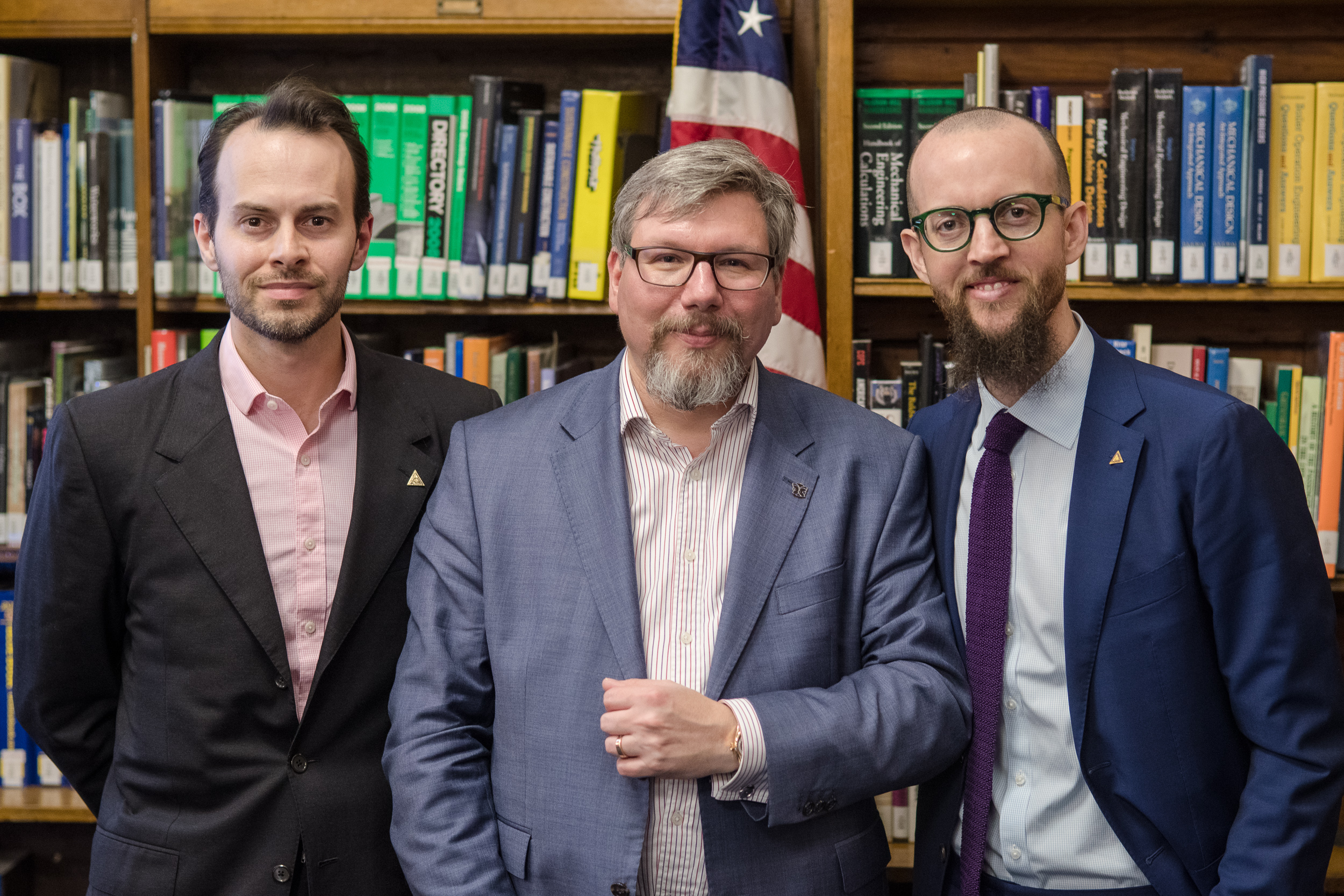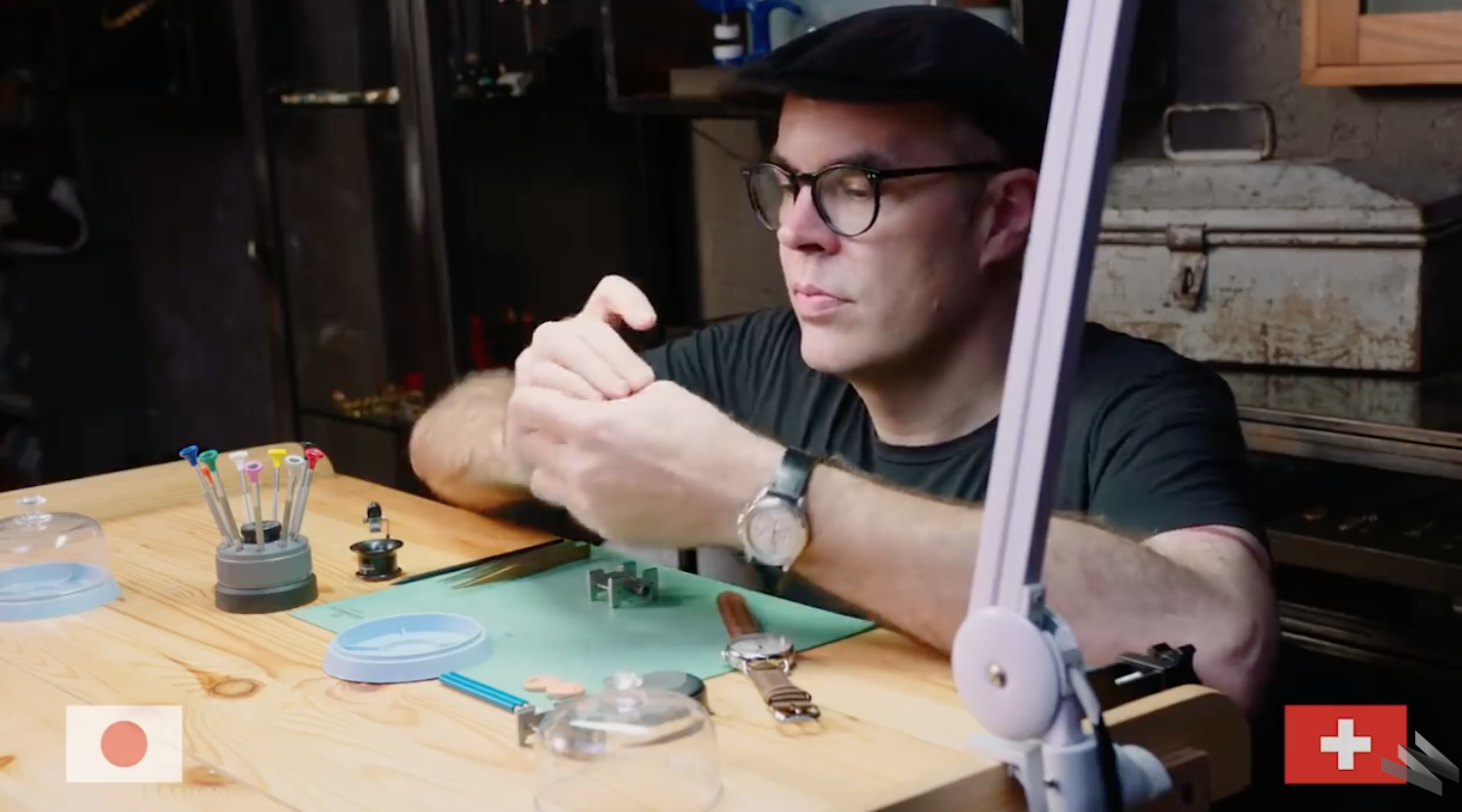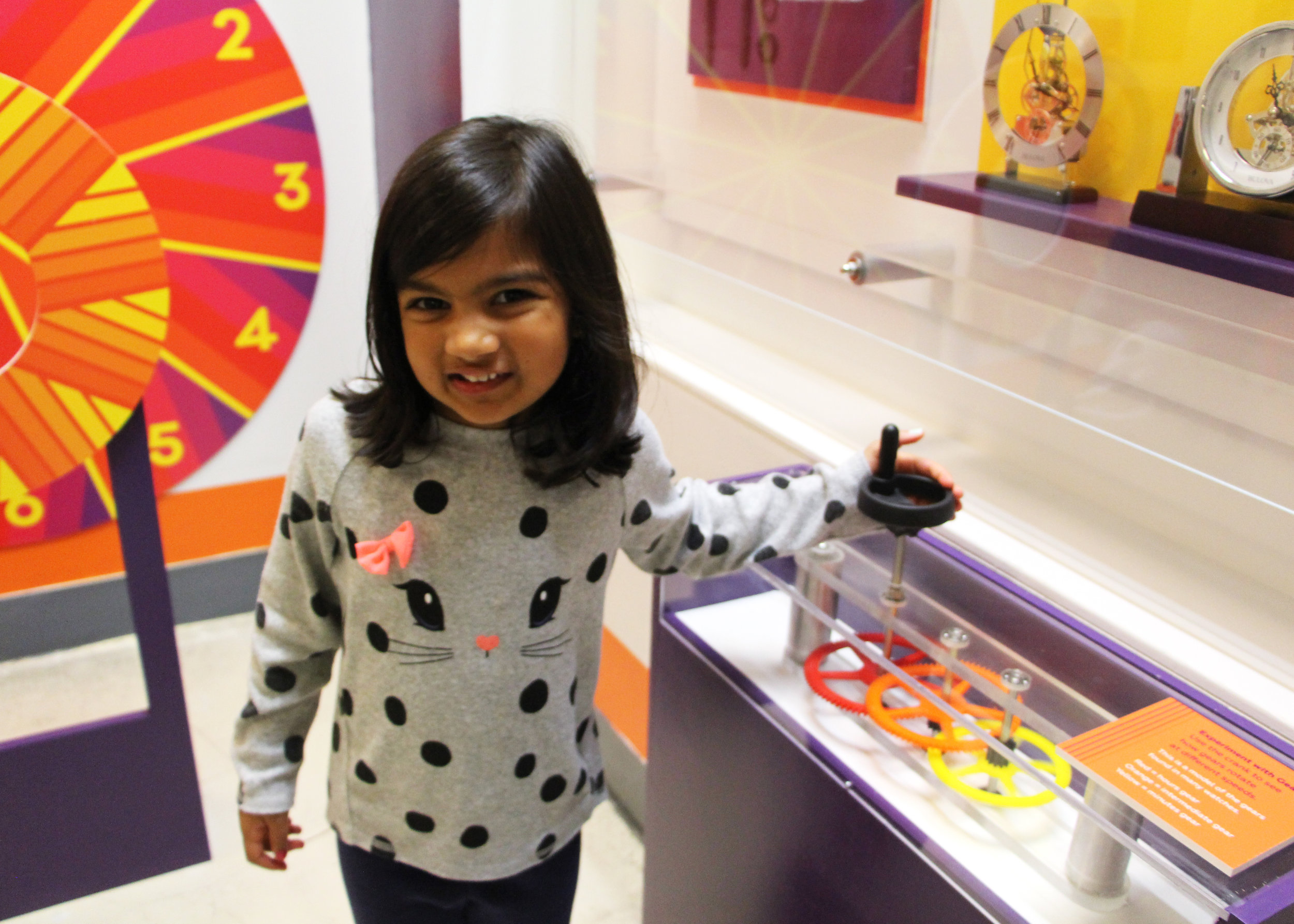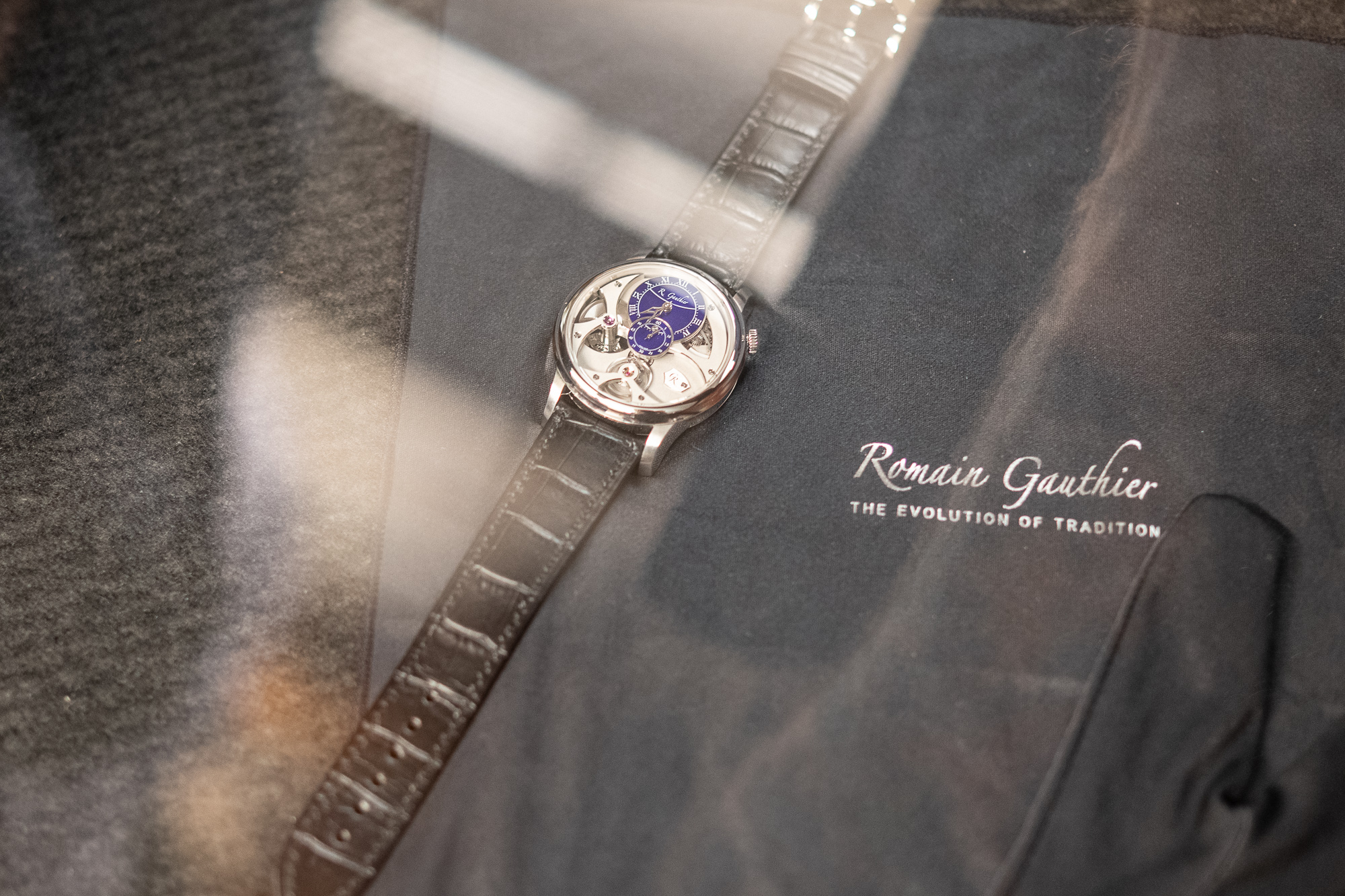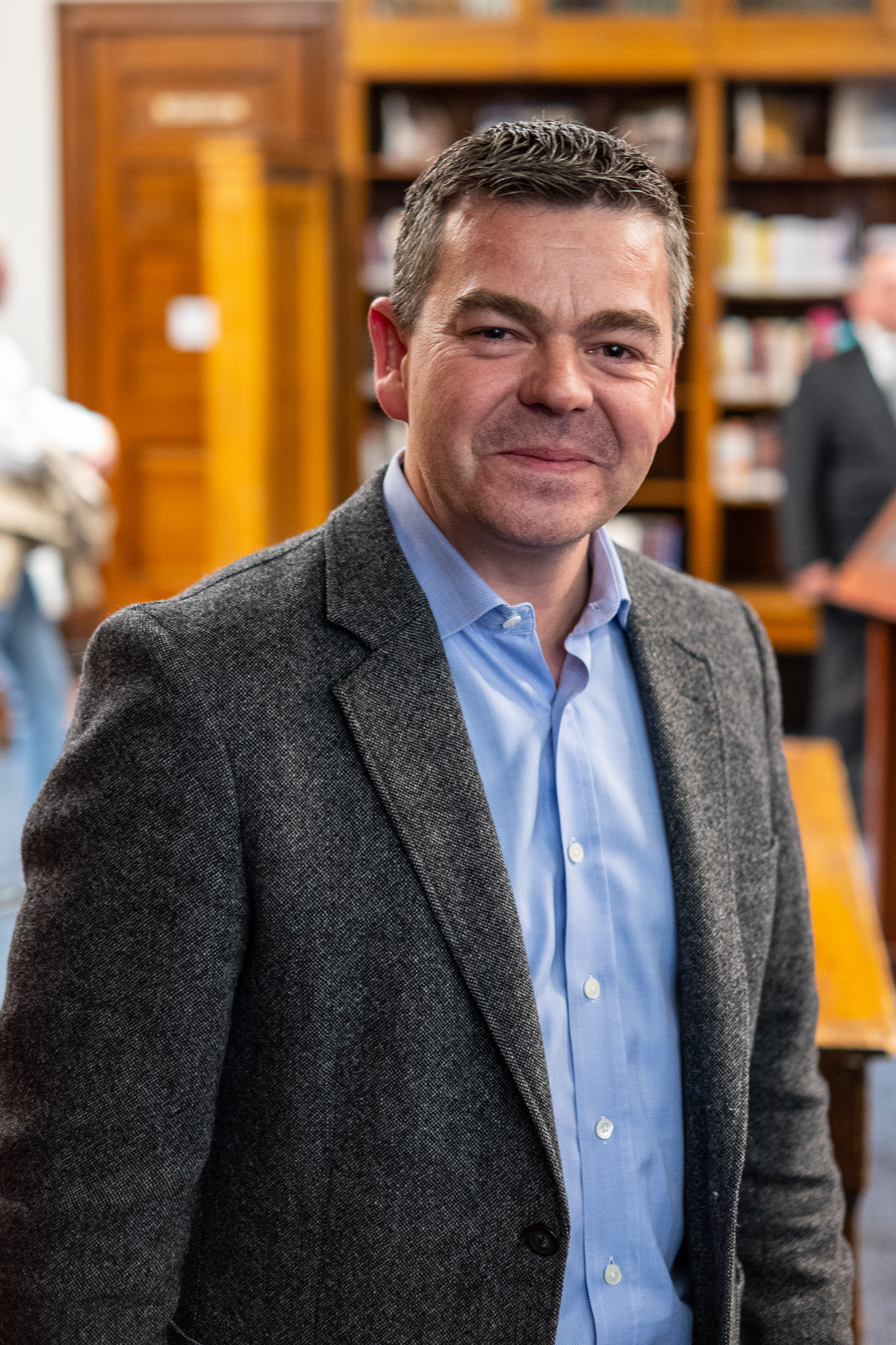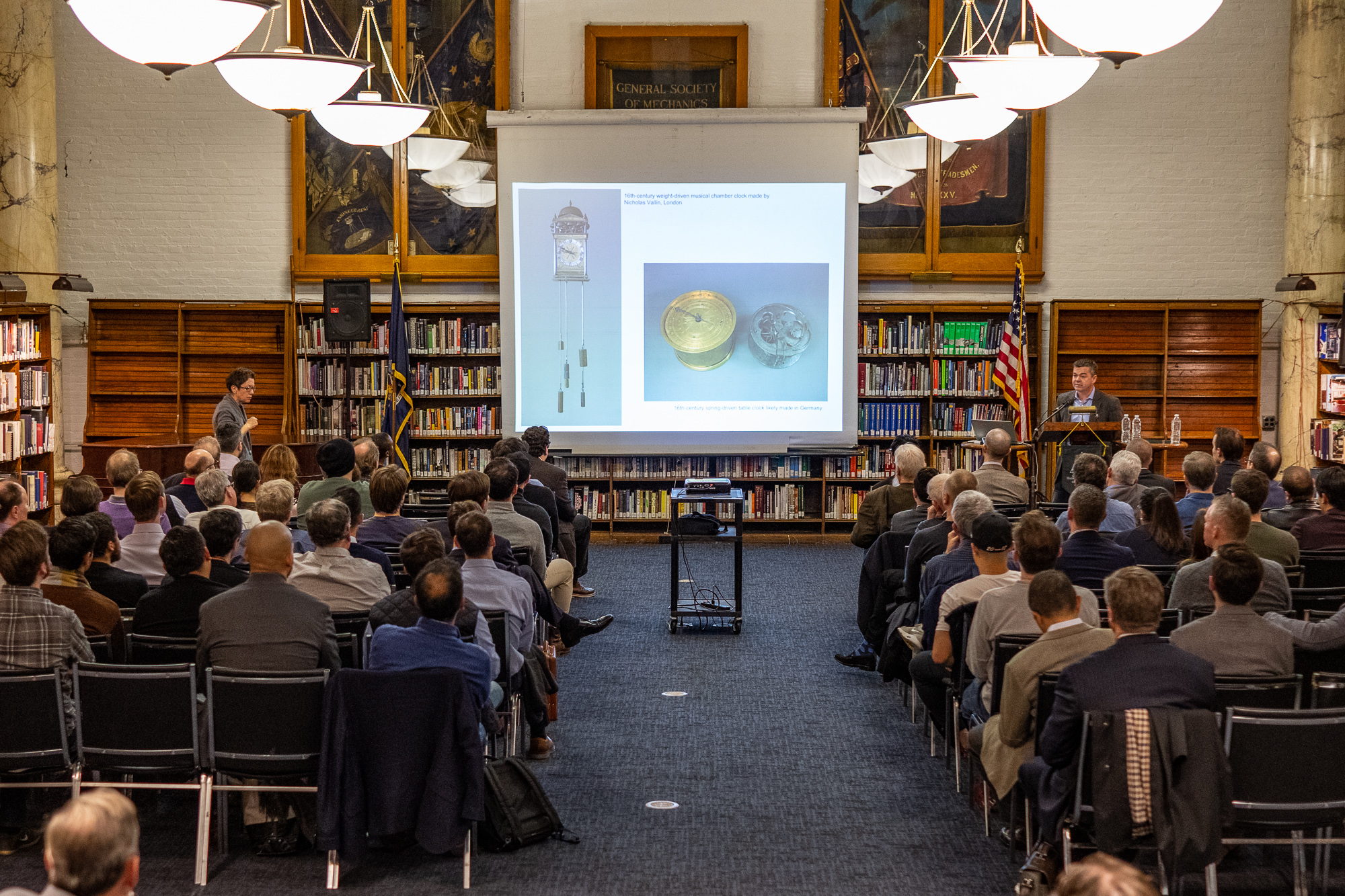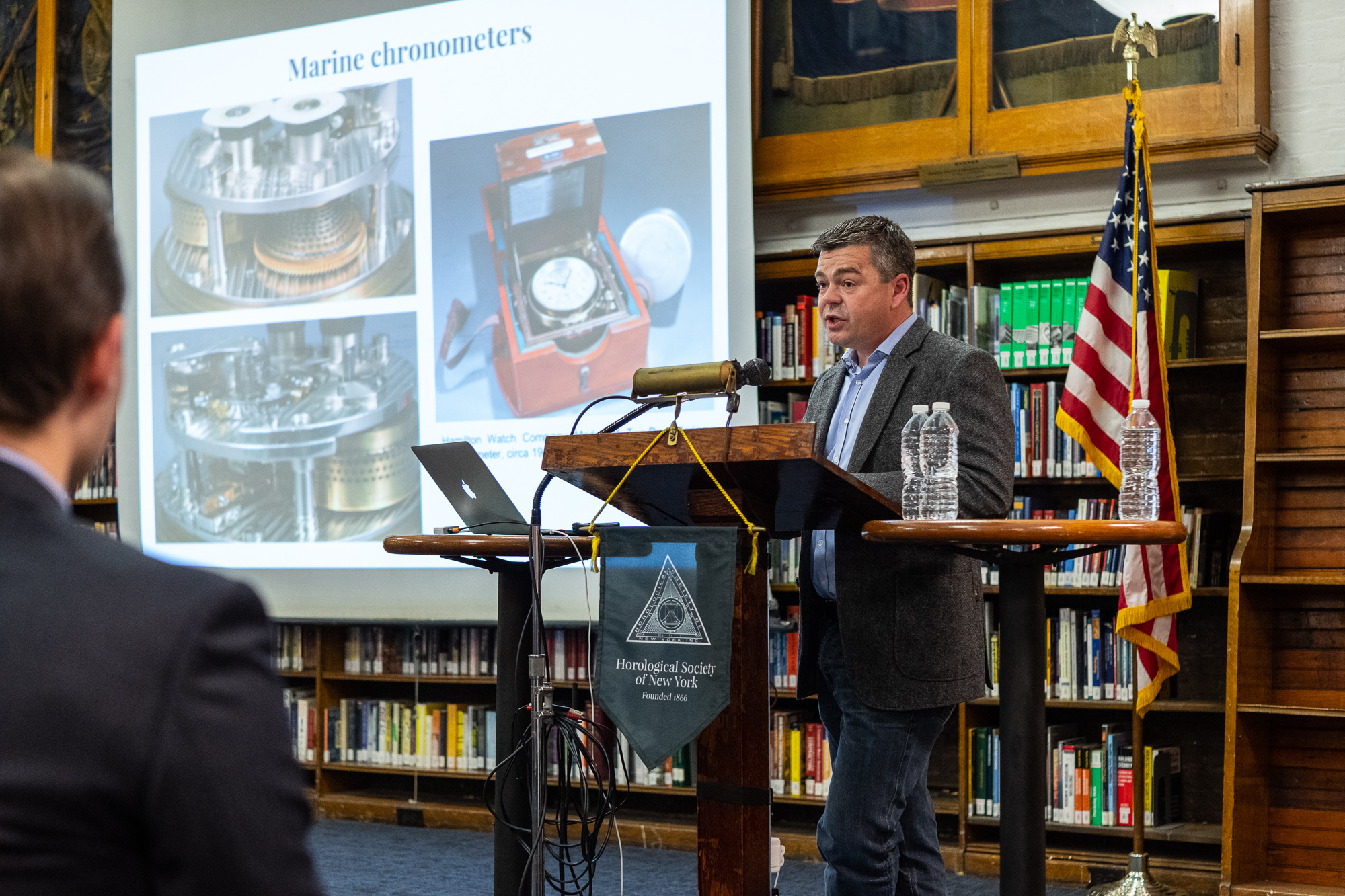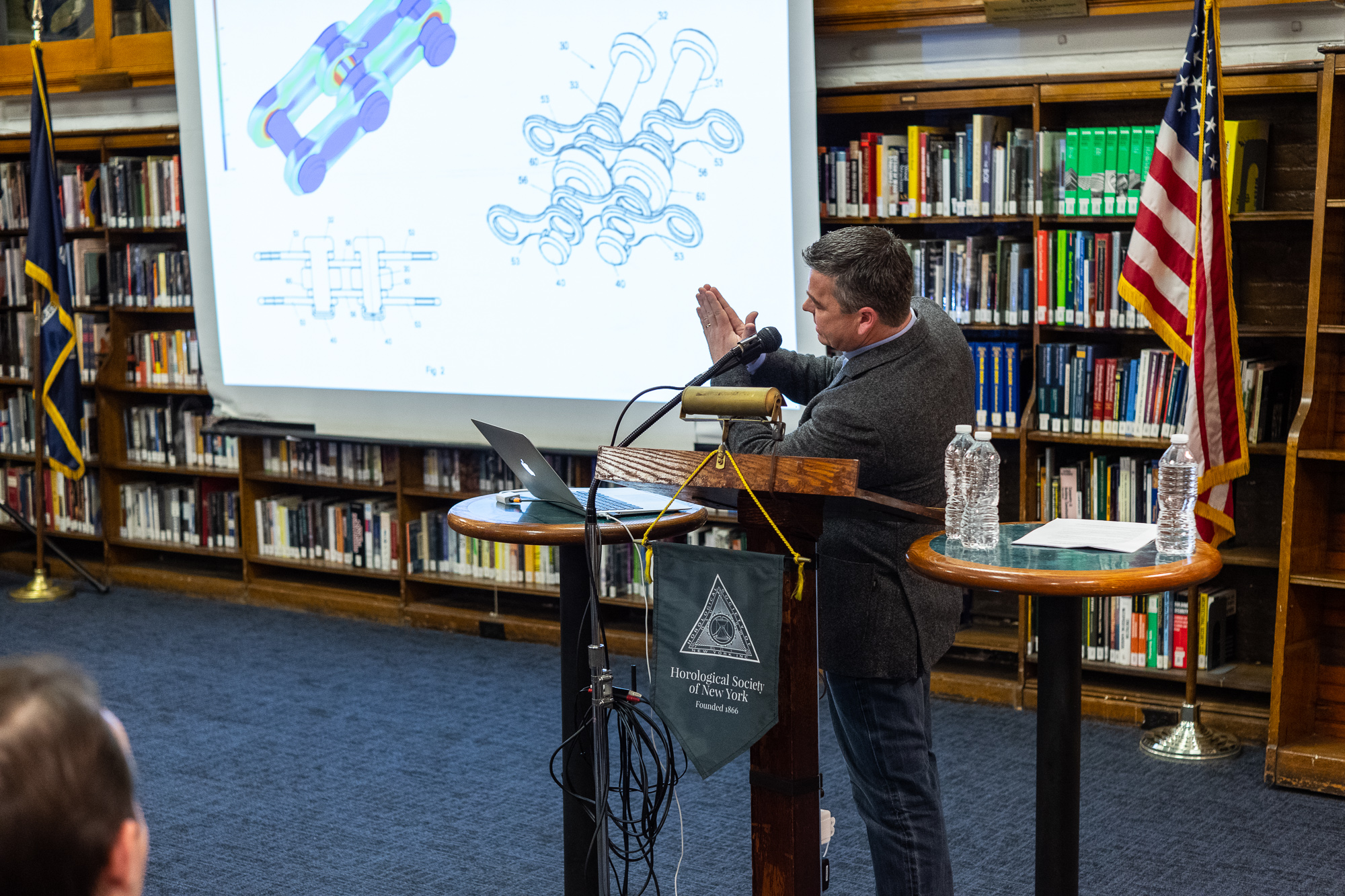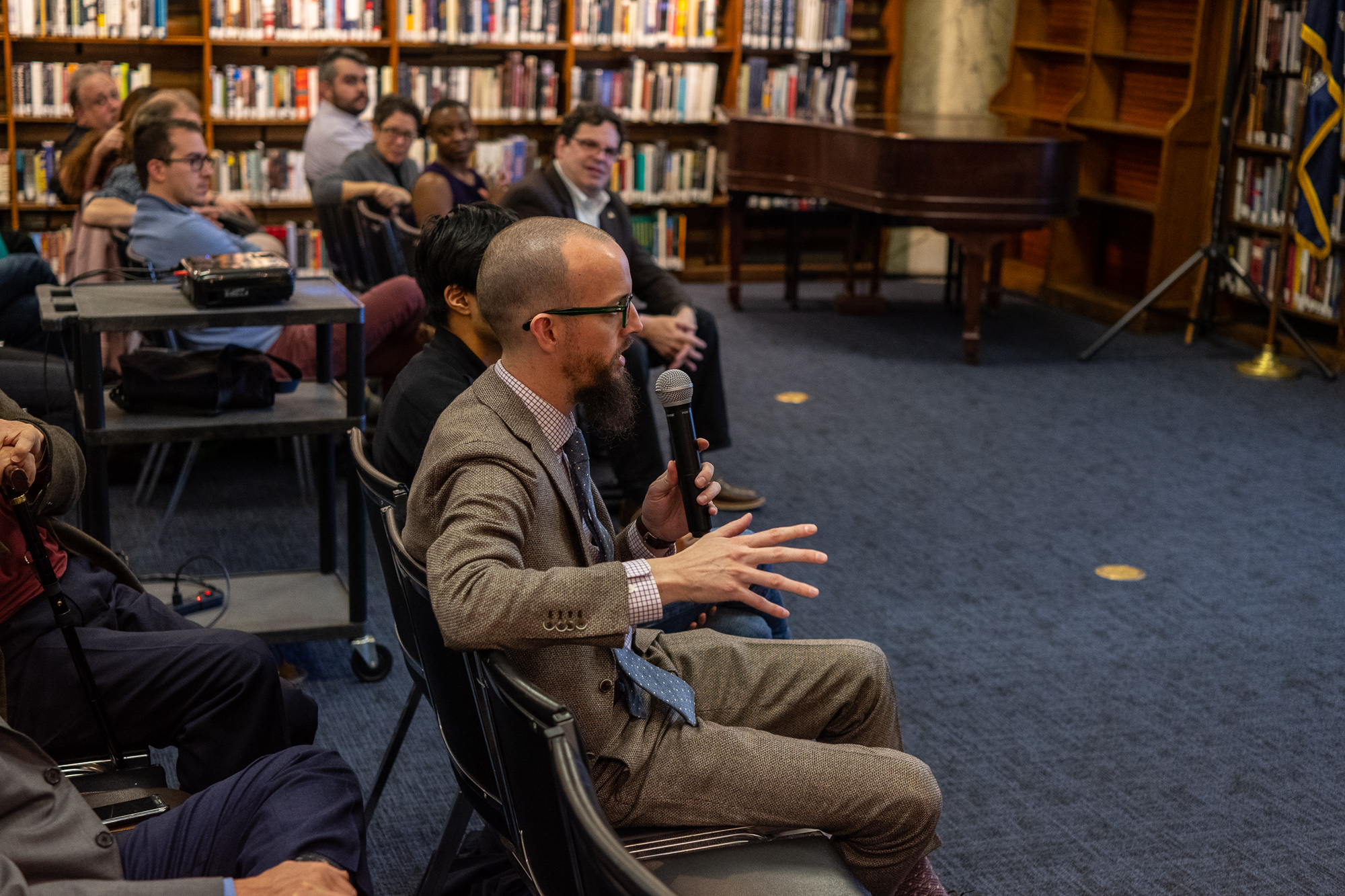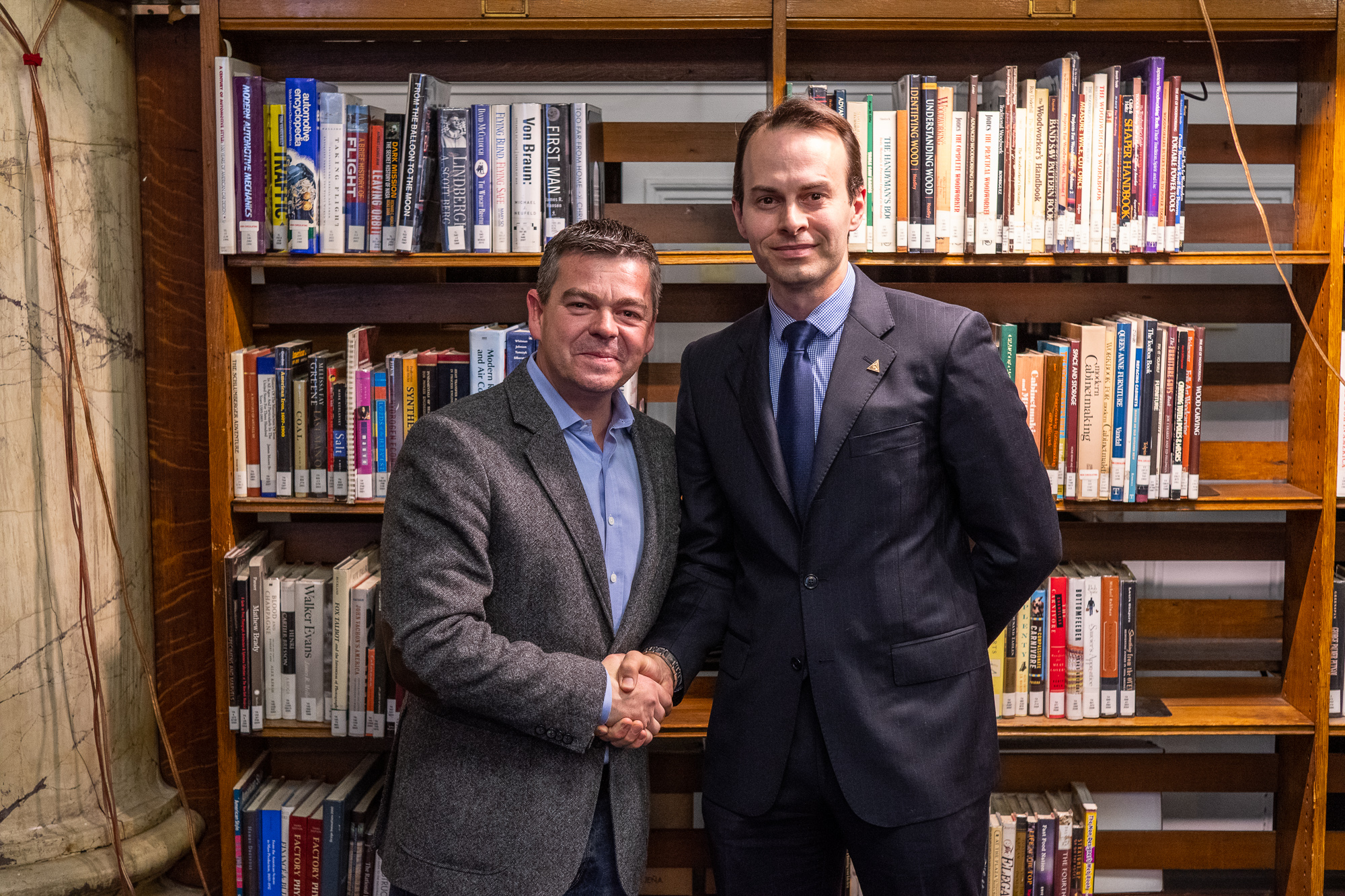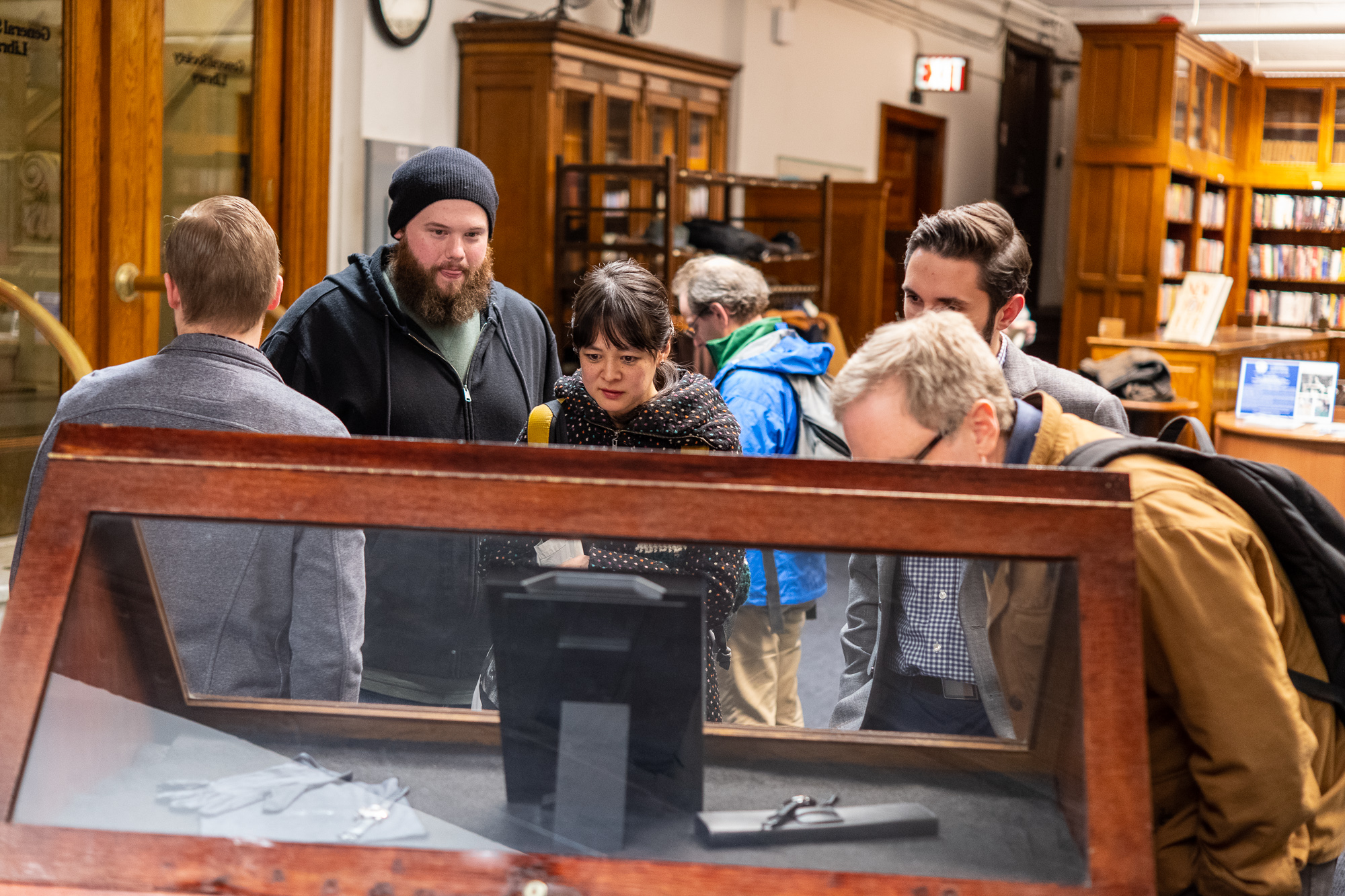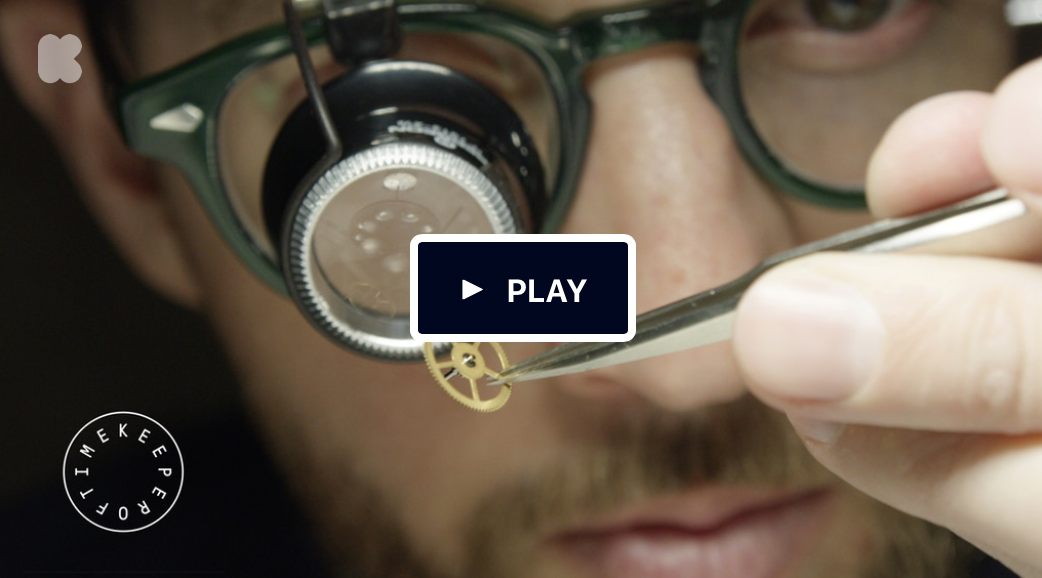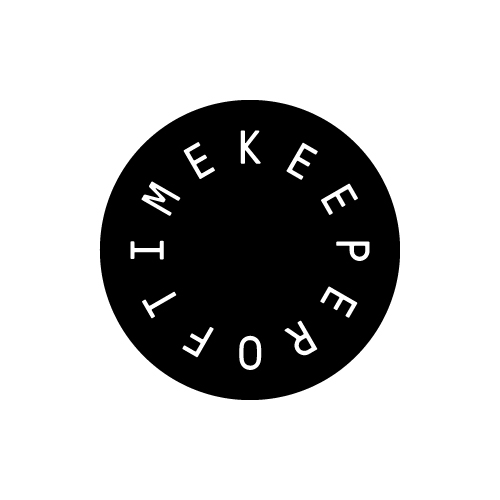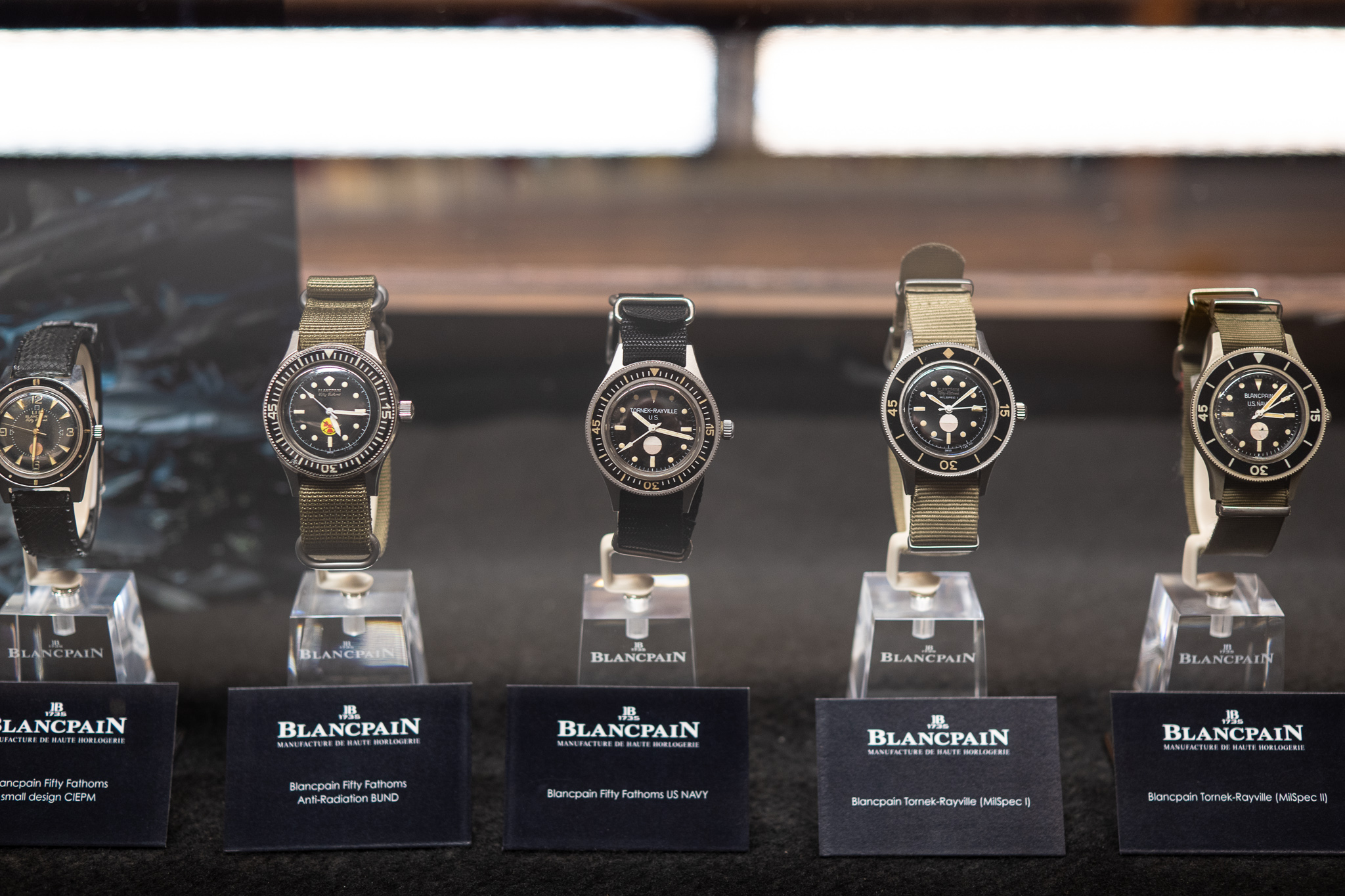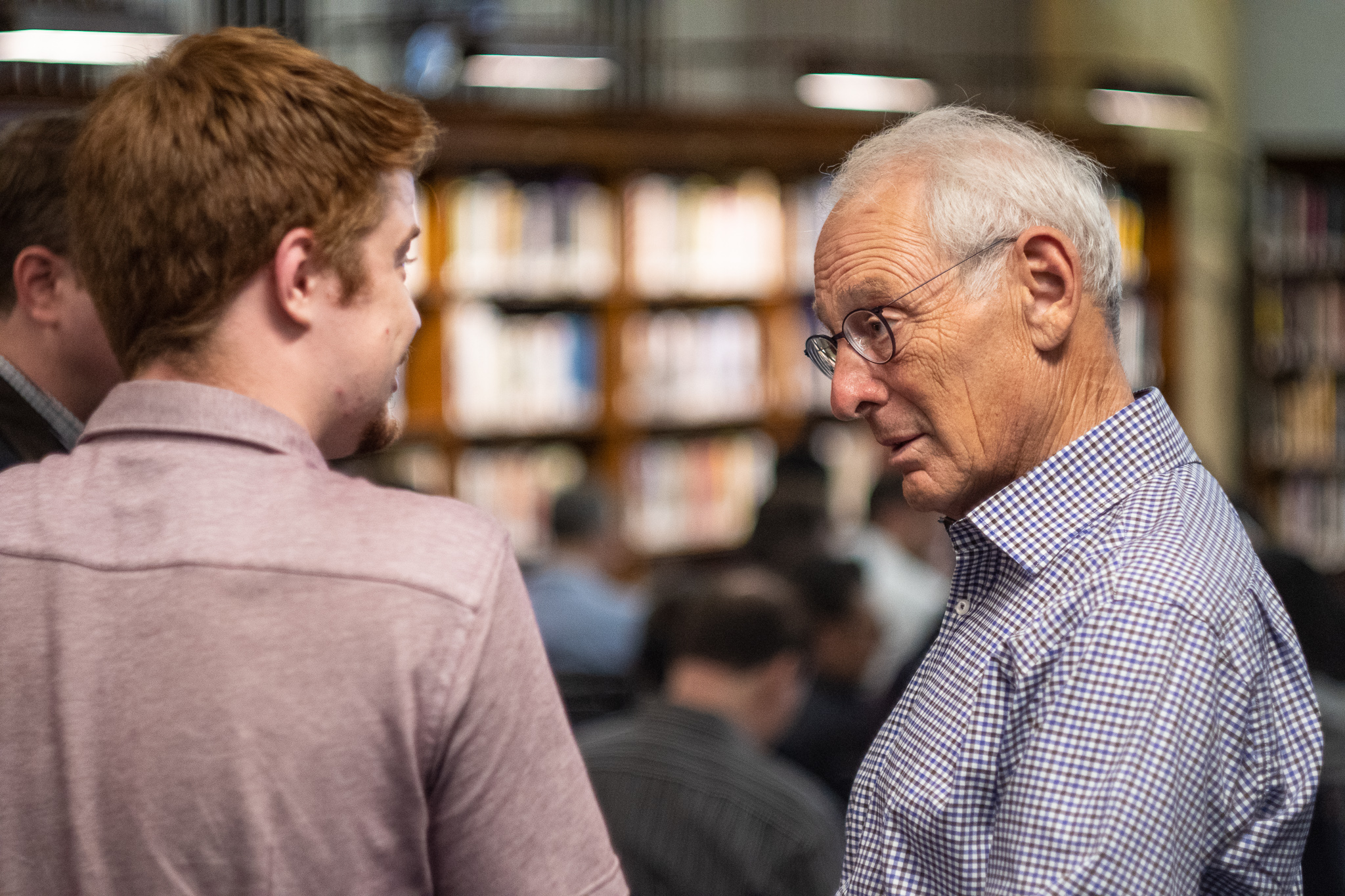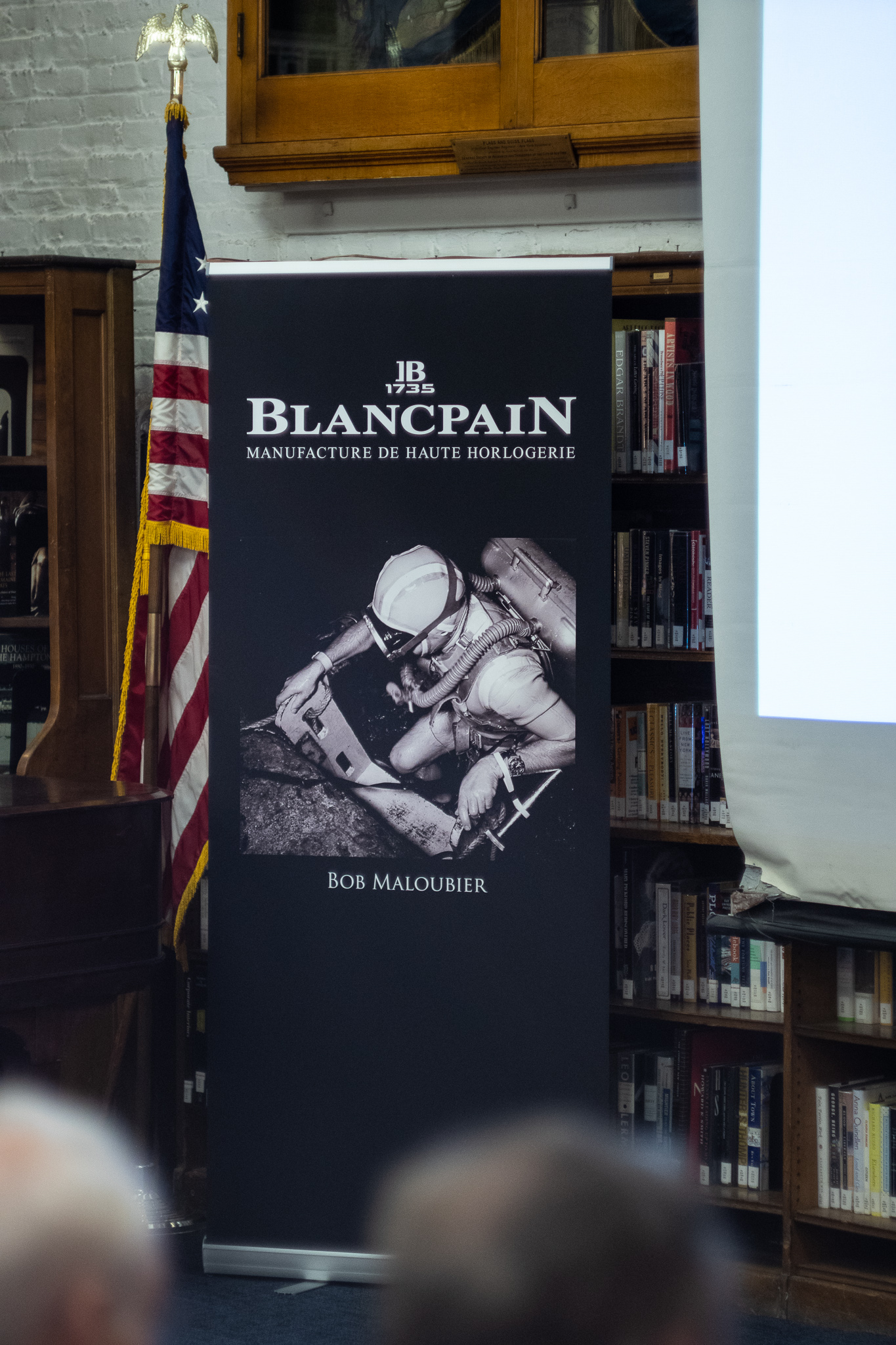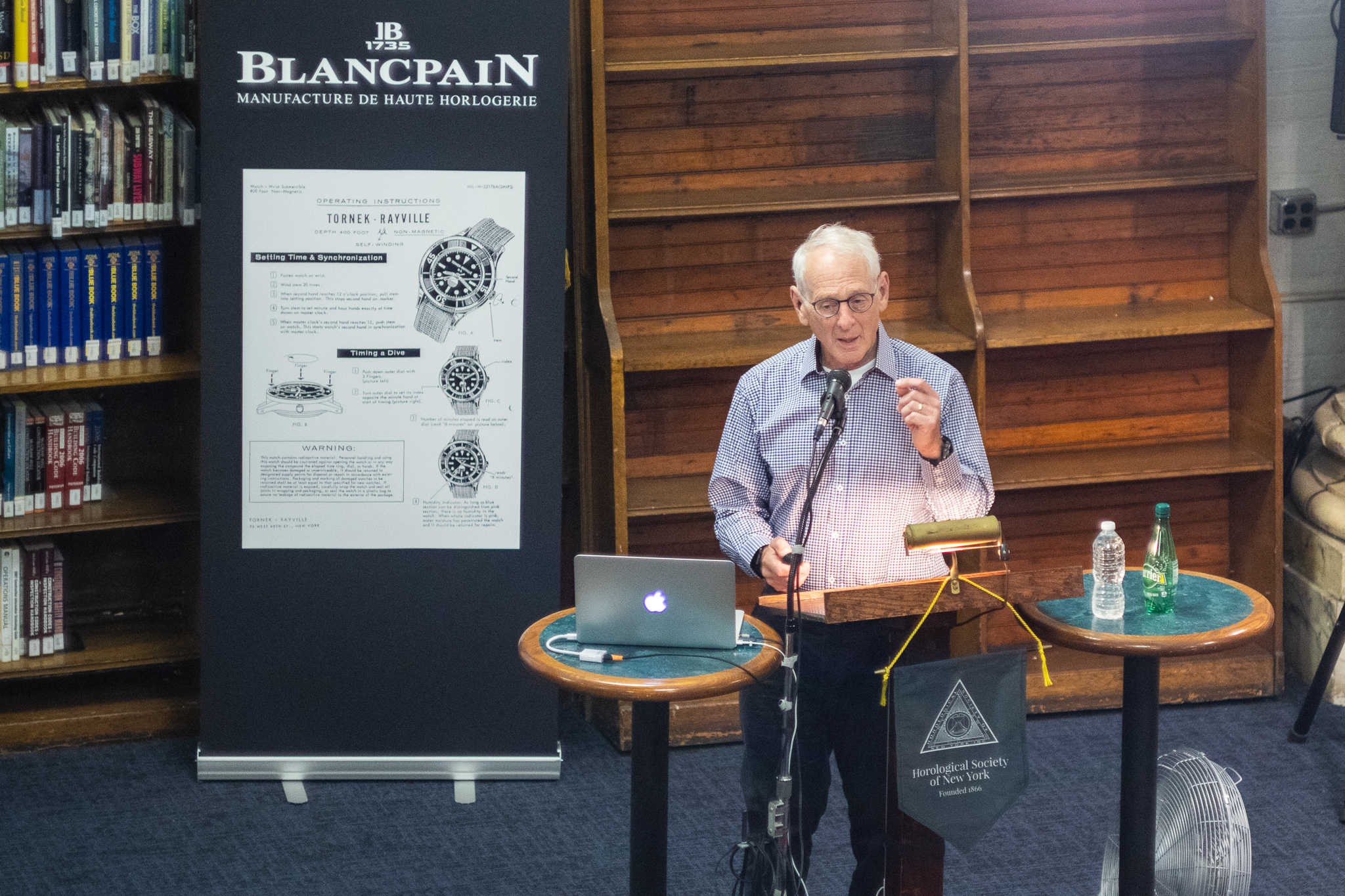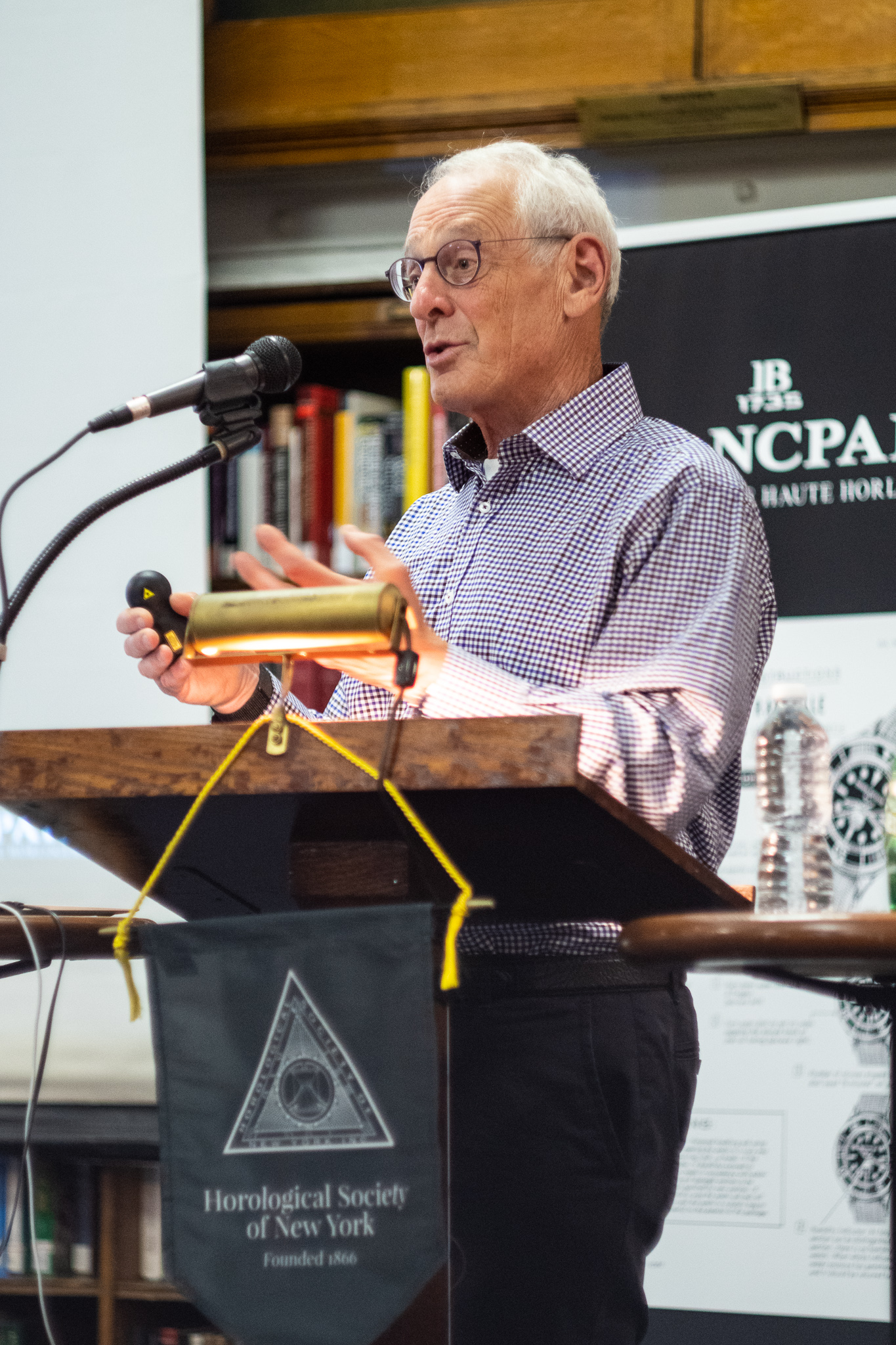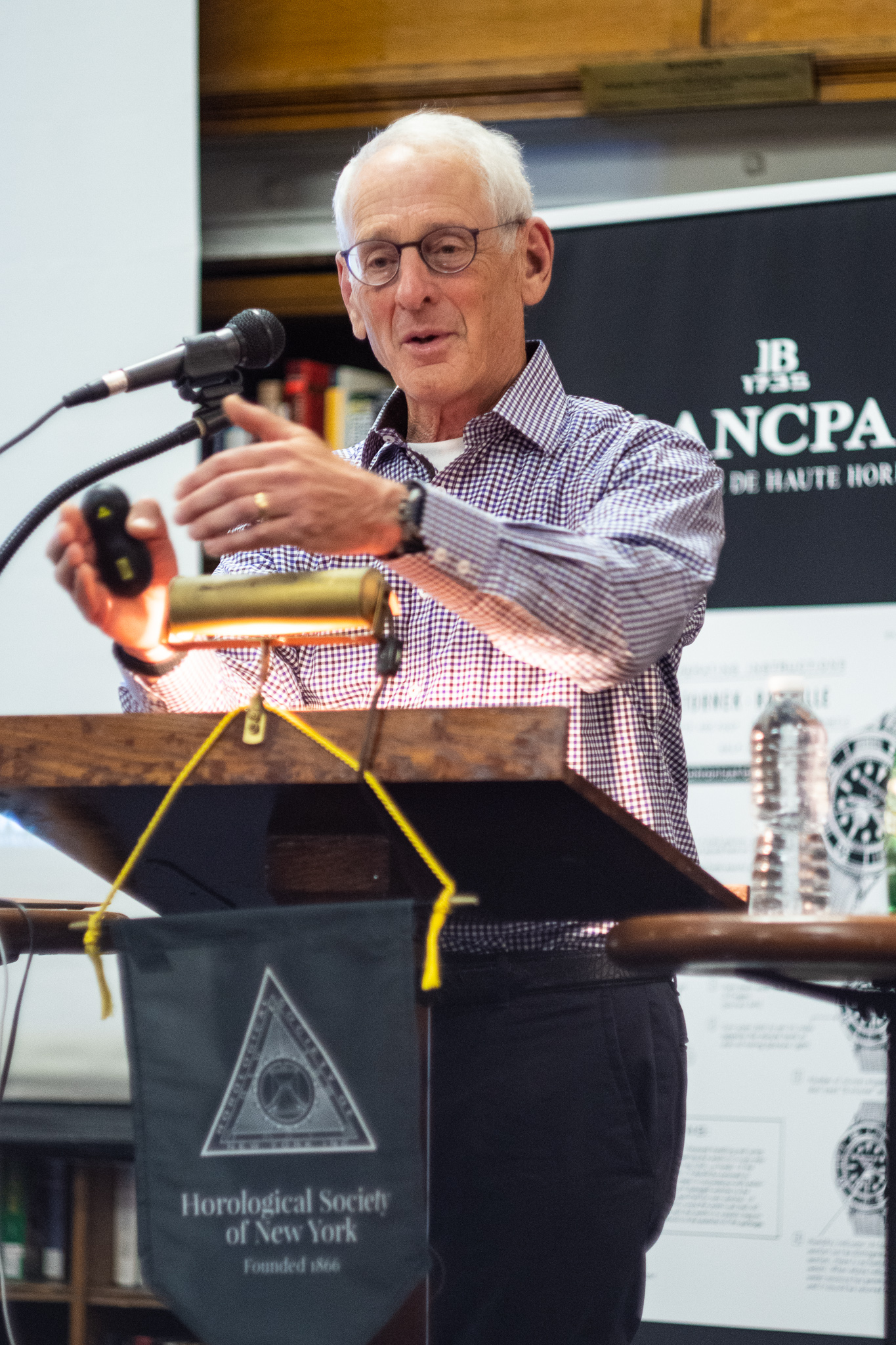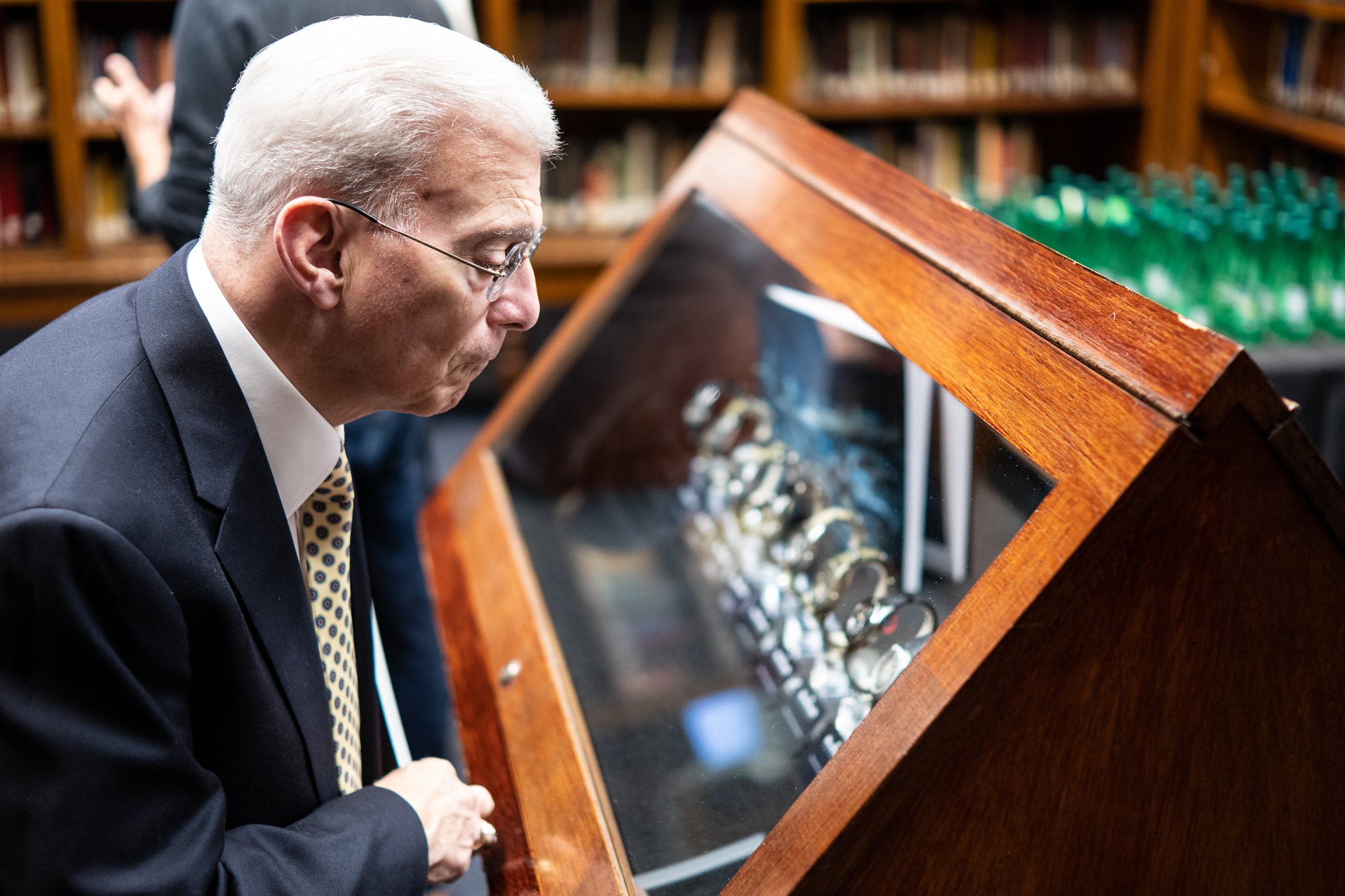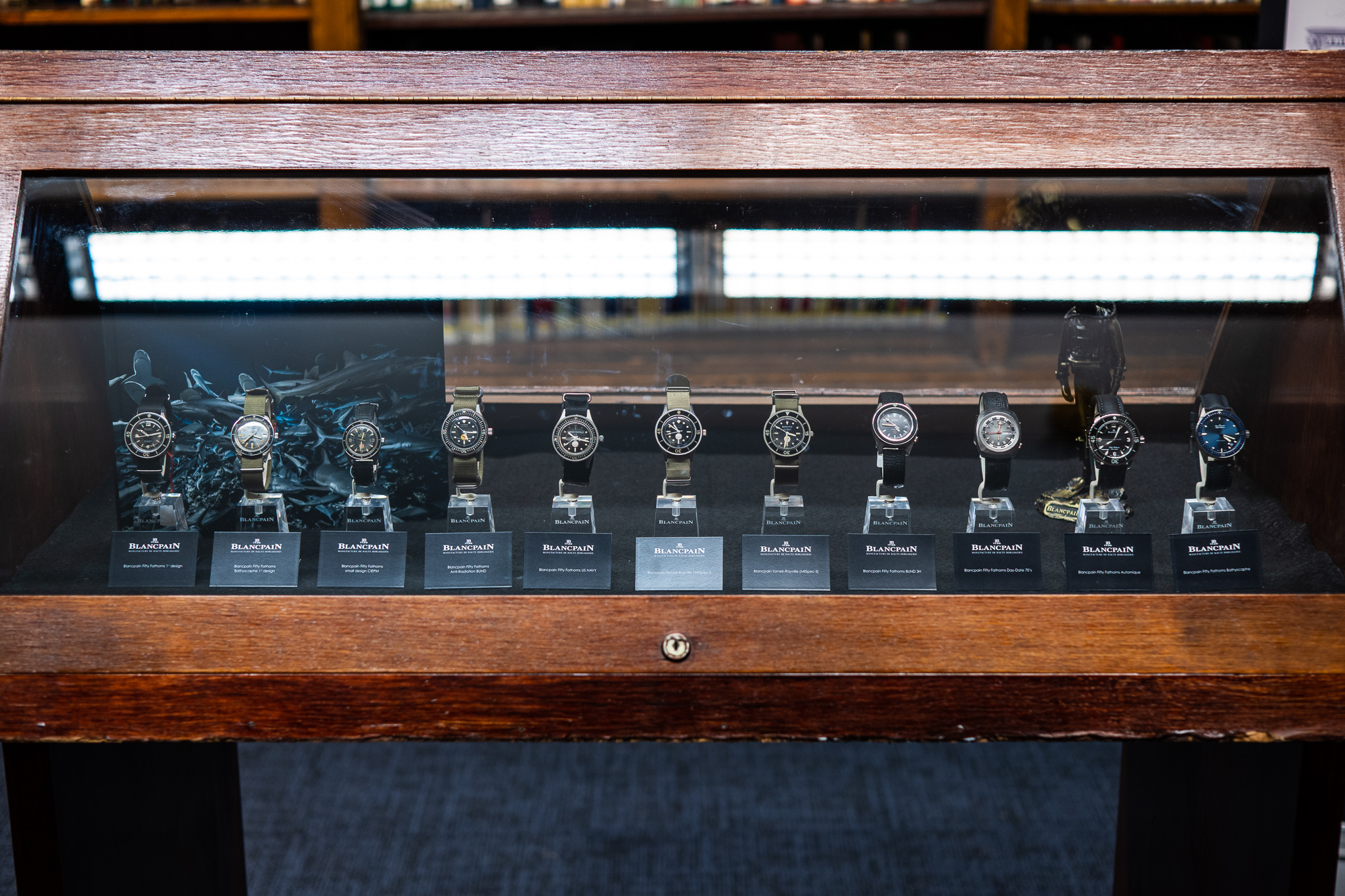New York City - January 22, 2019
Furthering the Horological Society of New York’s (HSNY) educational mission, Japanese watch manufacture Grand Seiko has joined as a sponsor. Grand Seiko’s generous support will enhance HSNY’s 153-year-old monthly lecture series, horological education classes in the New York City classroom and abroad, watchmaking scholarships, and extensive horological library with precious texts.
“For Grand Seiko, takumi is not simply a way of showing respect for tradition, but it is also an embodiment of that tradition,” said Grand Seiko Corporation of America President Brice Le Troadec. “For this, Grand Seiko is proud to support the Horological Society of New York, an organization dedicated to advancing the art and science of horology for over a century. With our common goal, we are excited to share the Grand Seiko legacy of craftsmanship and technology with the public through this partnership.”
“We are delighted to welcome Grand Seiko as a sponsor of the Horological Society of New York,” said Nicholas Manousos, President of HSNY. “Grand Seiko is one of the world’s very few fully integrated watch manufactures, and with that comes a dedication to education on every level of watch manufacturing, design and assembly. Since 1960, Grand Seiko watches have exemplified precision and design alongside traditional Japanese craftsmanship. Grand Seiko’s generous support of our educational mission is inspiring, and will greatly aid the Horological Society of New York in promoting horological education worldwide.”
About Grand Seiko
Born in 1960, Grand Seiko has long had a loyal following in Japan as a leading luxury watch. Launched internationally in 2010, Grand Seiko is now available worldwide. Grand Seiko is one of the very few fully integrated watchmakers in the world, with complete in-house capabilities in every area of watchmaking, from the development of component materials through design and manufacture to assembly and adjustment. Every Grand Seiko watch is assembled and adjusted by hand by highly skilled craftsmen and women in two dedicated studios in Japan. From the very start, Grand Seiko has concentrated on the pure essentials of watchmaking; every Grand Seiko watch offers the very highest levels of precision, legibility, durability and ease-of-use. With a simple purity of design, the highest level of hand craftsmanship in every detail and a strong Japanese aesthetic, all Grand Seiko watches have a special and unique beauty that is the brand’s distinctive hallmark. Winner of many awards, including a prize at the 2014 Grand Prix d’Horlogerie de Genève, Grand Seiko offers a wide range of designs incorporating exclusive mechanical, Spring Drive and quartz calibers. Official website: www.grand-seiko.com/us-en/
About the Horological Society of New York
Founded in 1866, the Horological Society of New York (HSNY) is one of the oldest continuously operating horological associations in the world. Today, HSNY is a 501(c)(3) nonprofit organization dedicated to advancing the art and science of horology through education. Members are a diverse mix of watchmakers, clockmakers, executives, journalists, auctioneers, historians, salespeople and collectors, reflecting the rich nature of horology in New York City; http://hs-ny.org.





